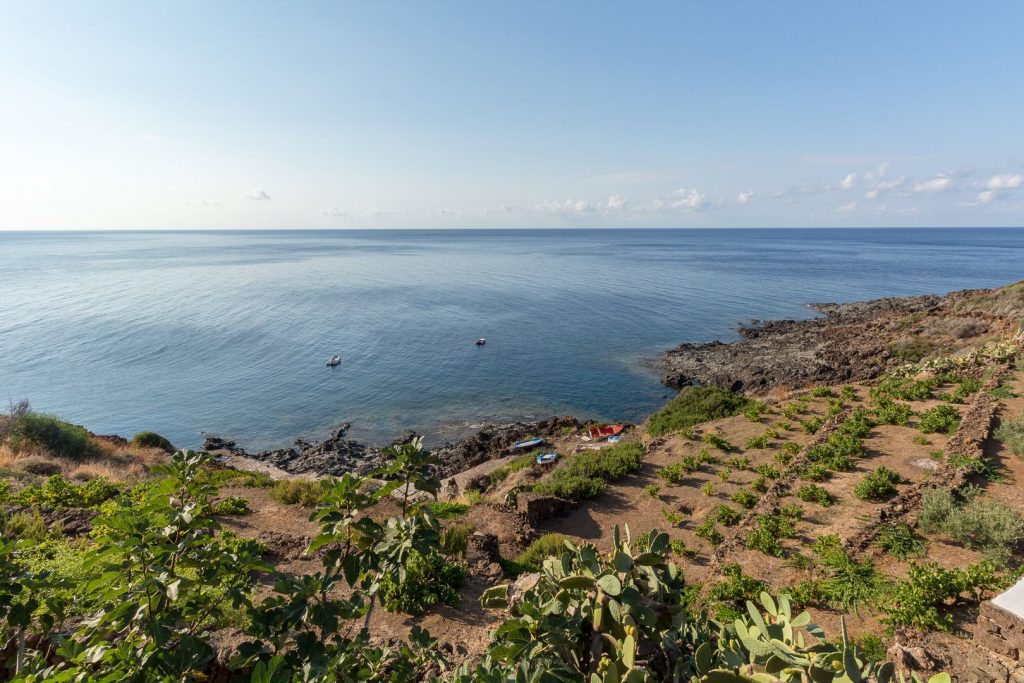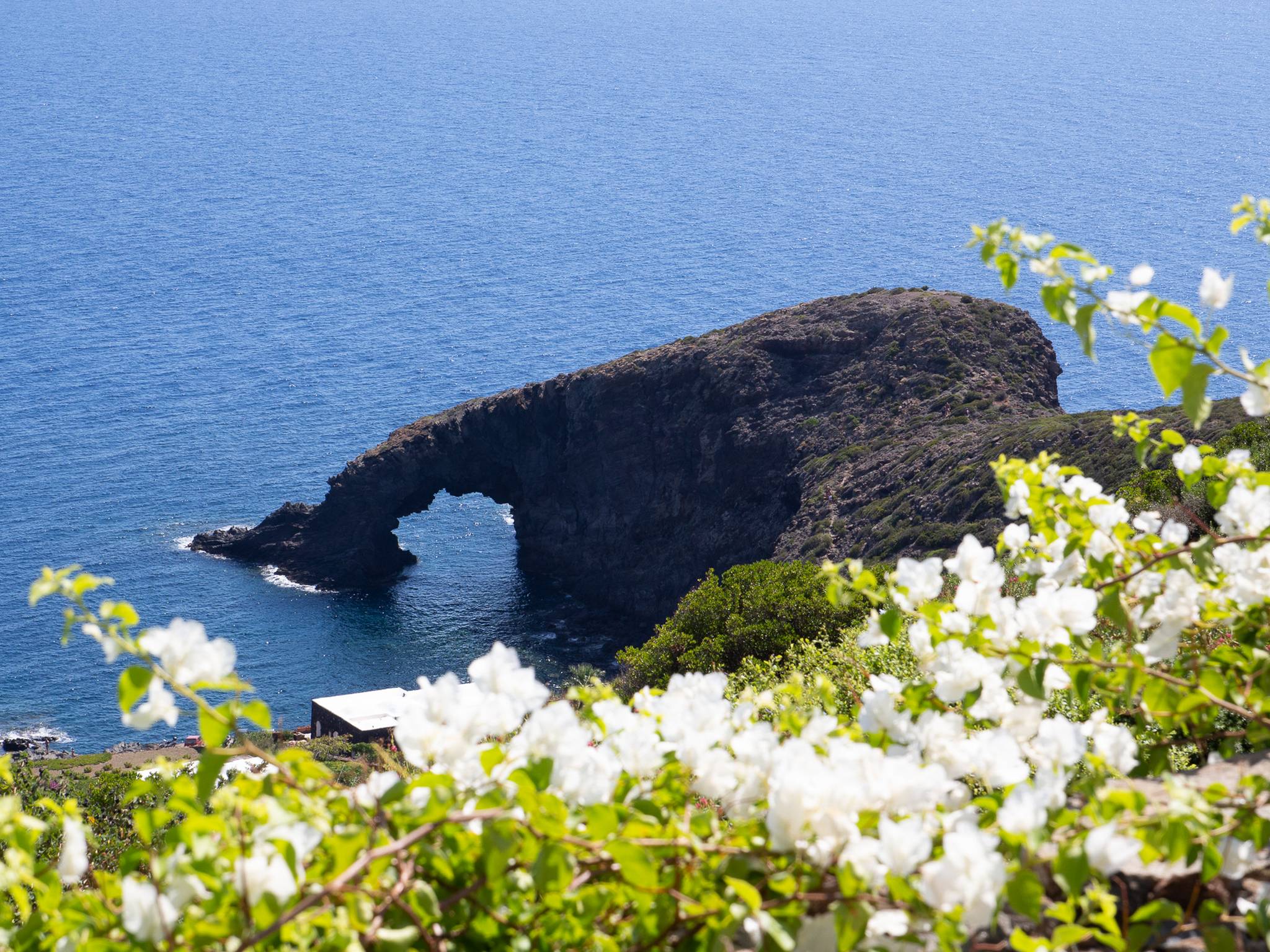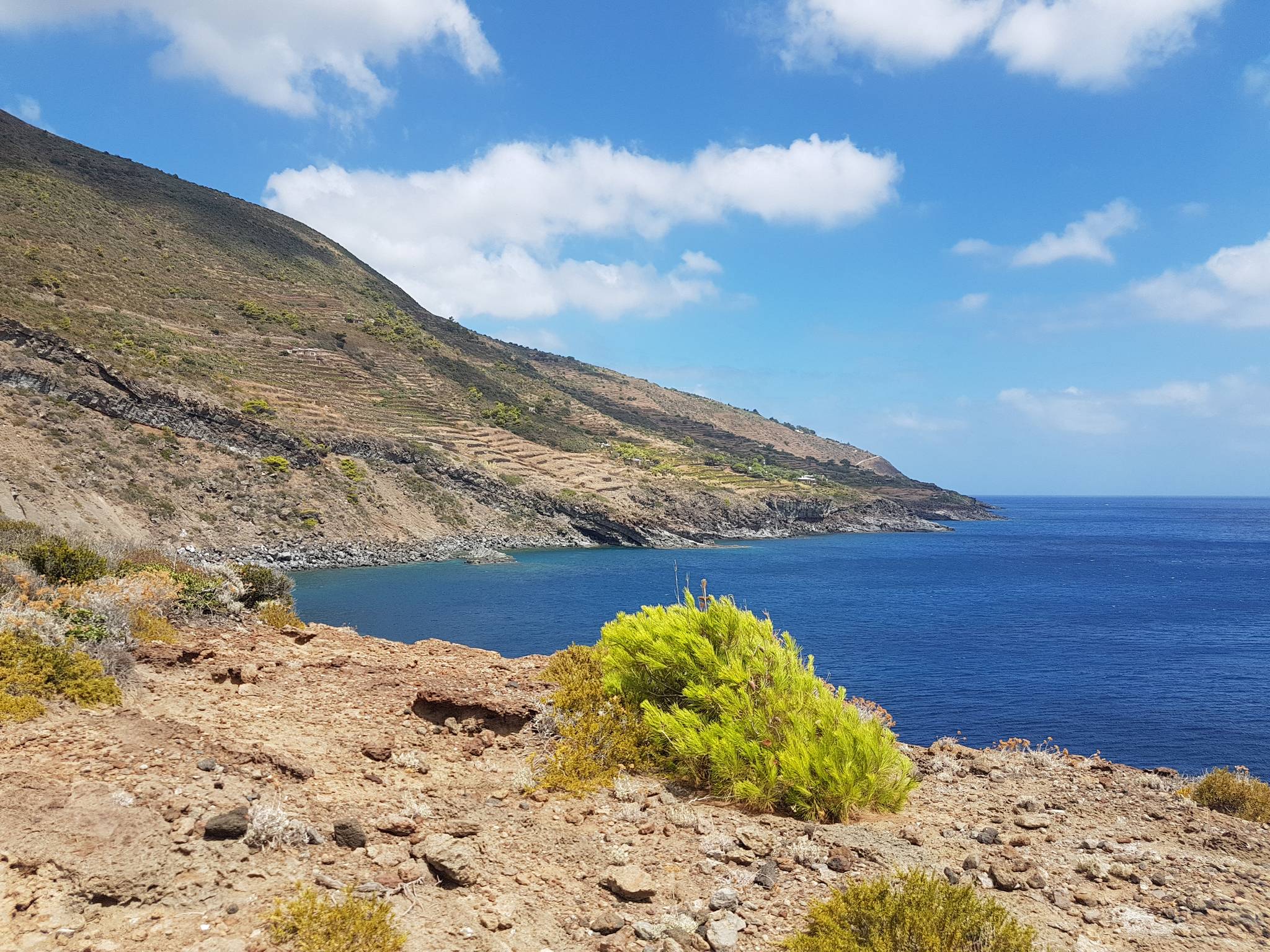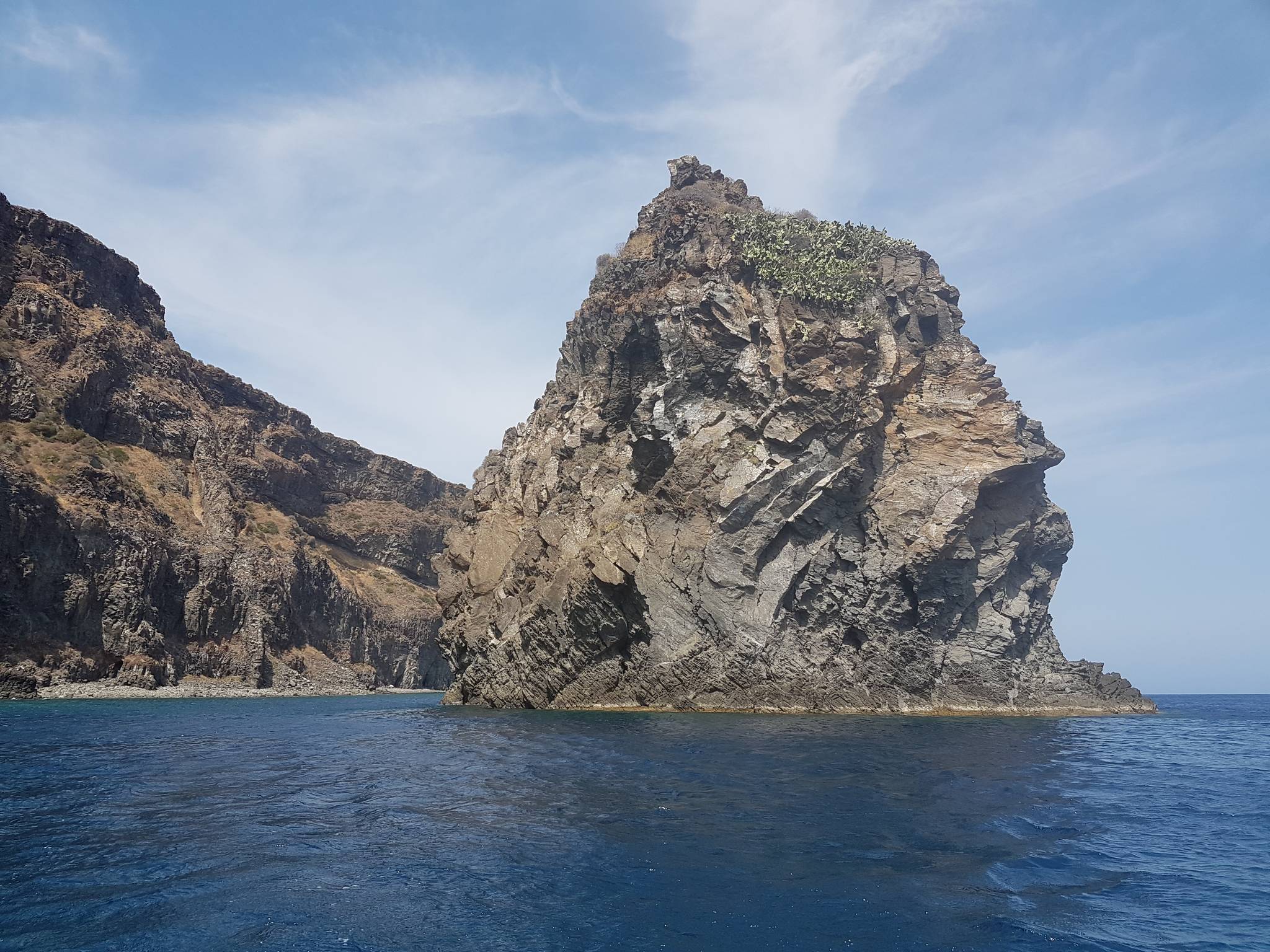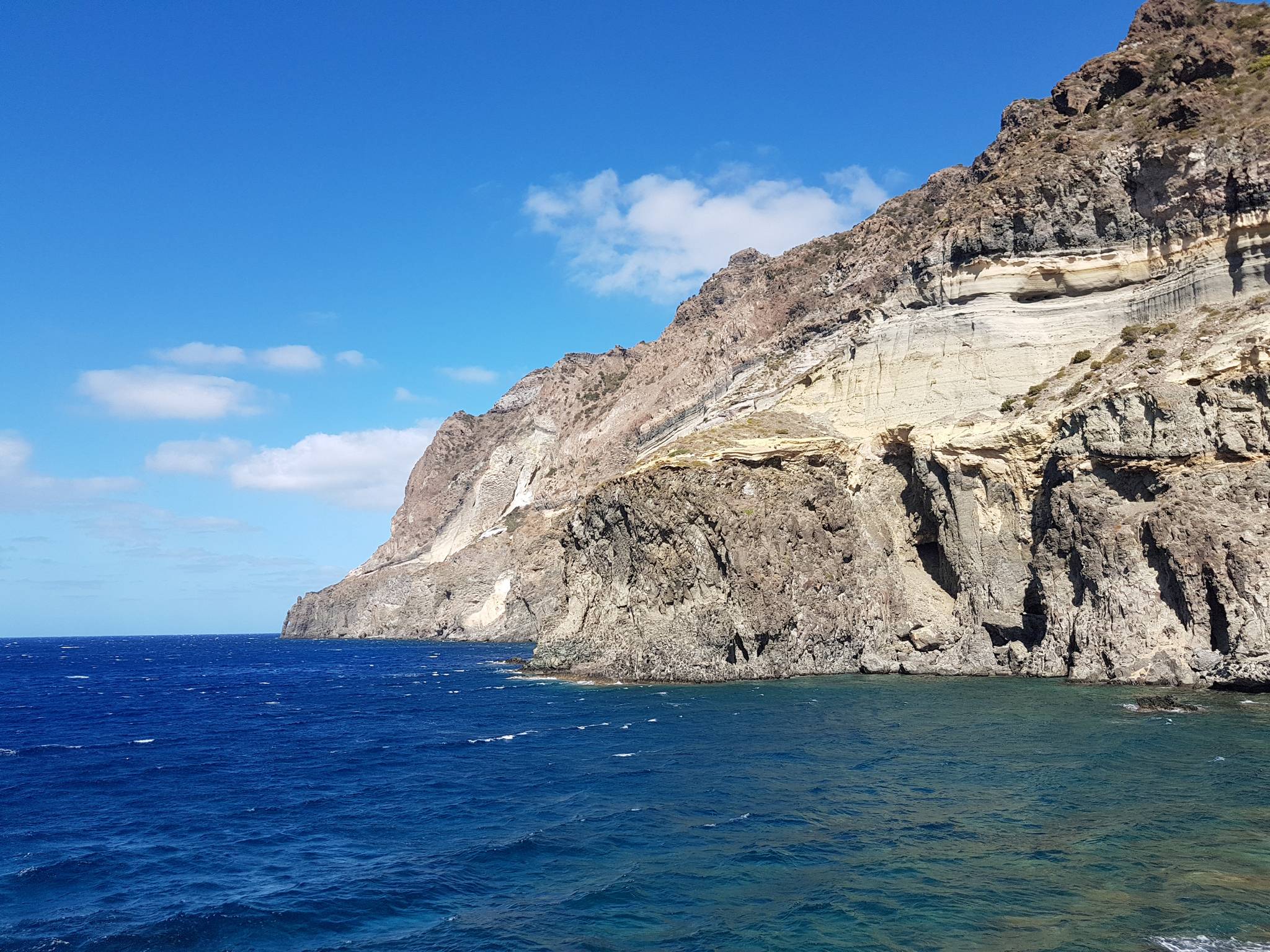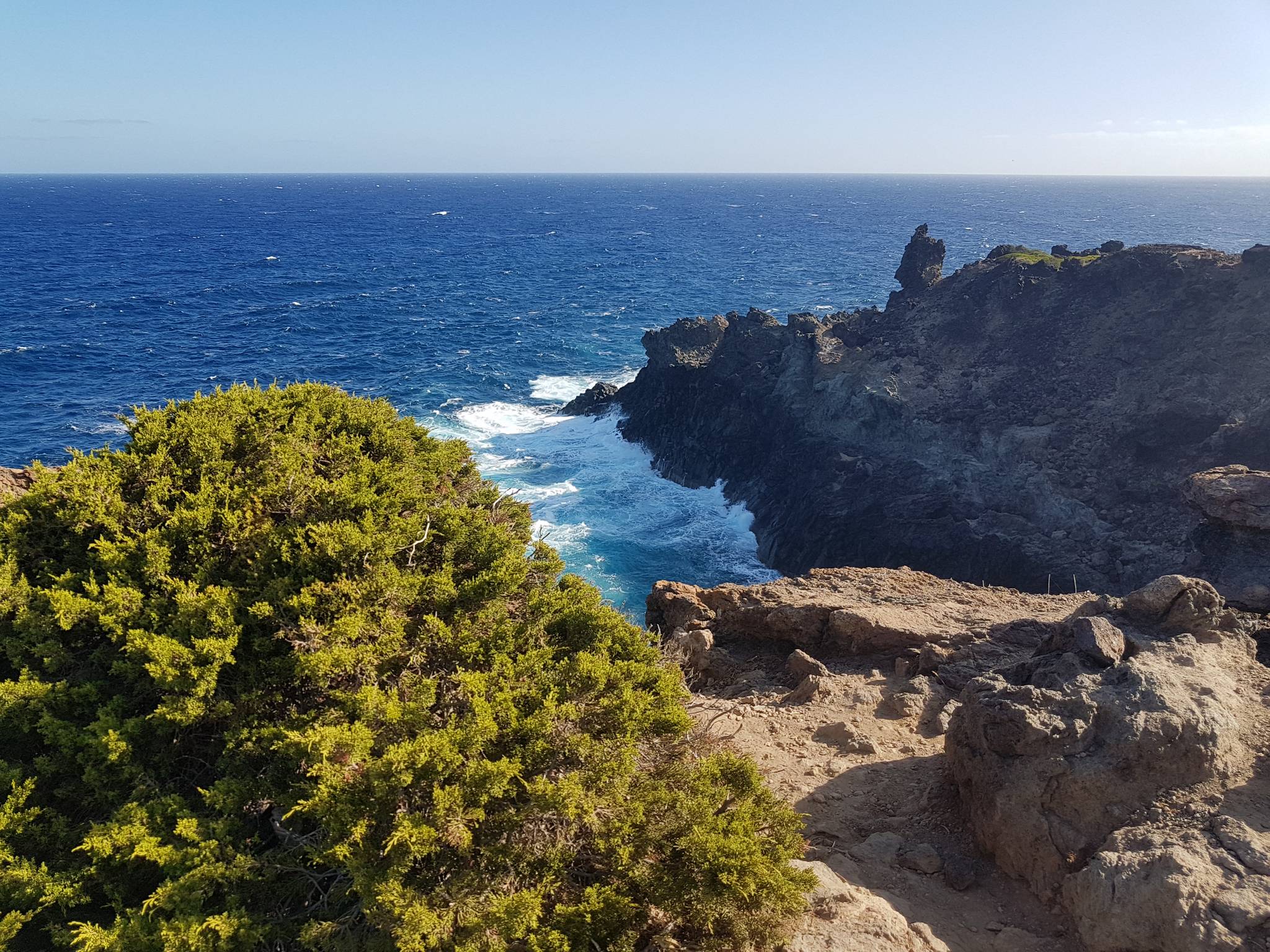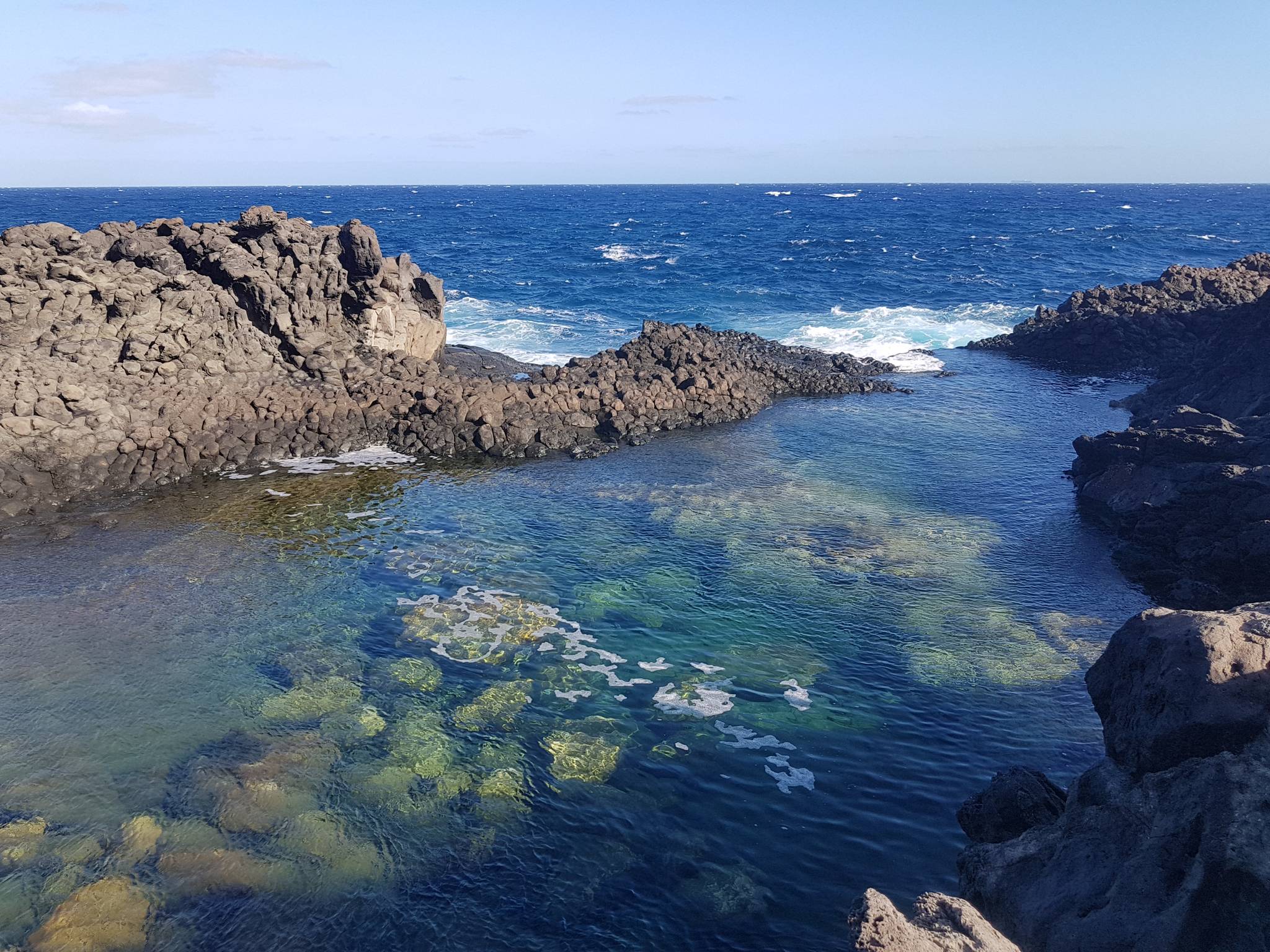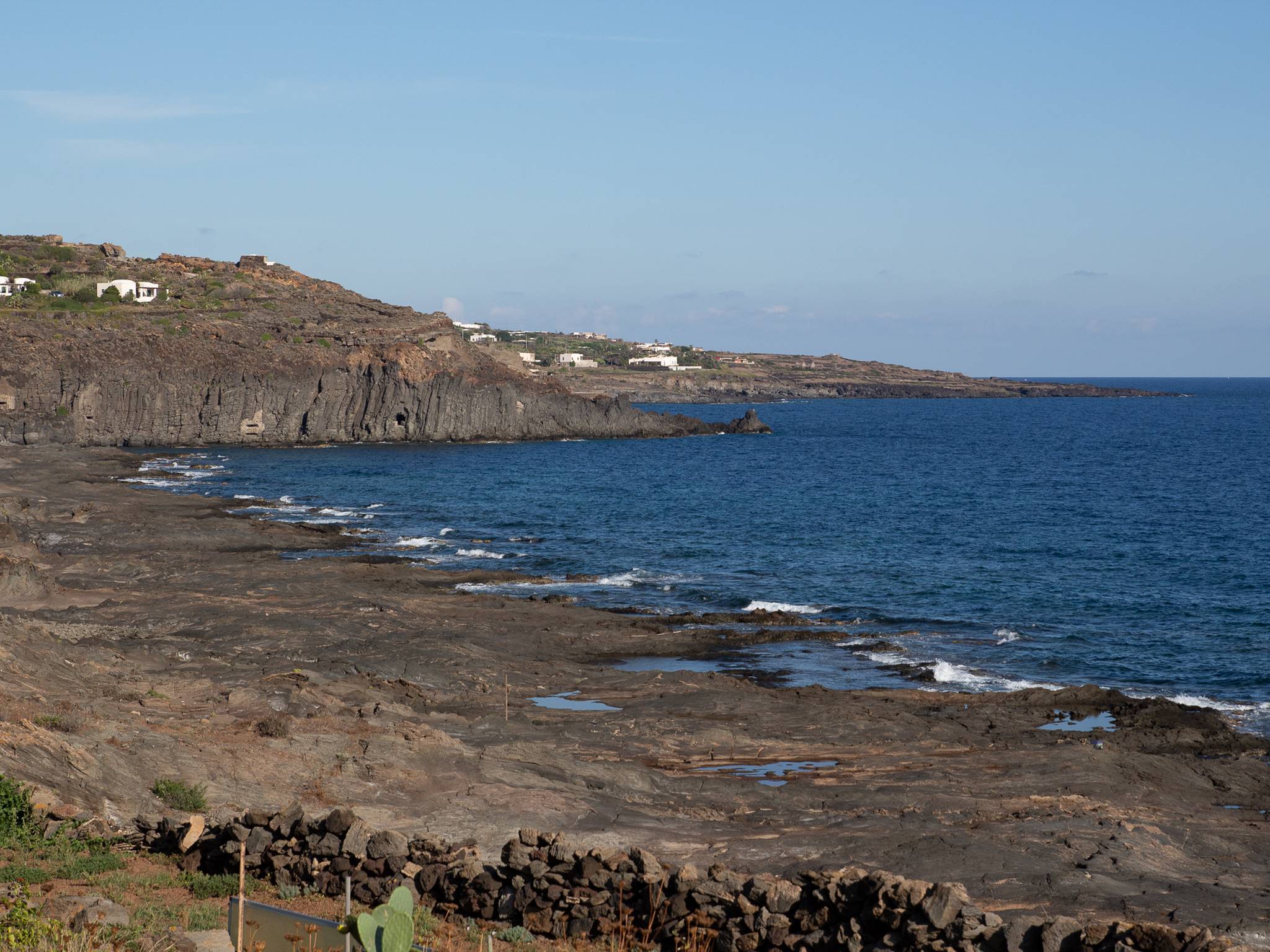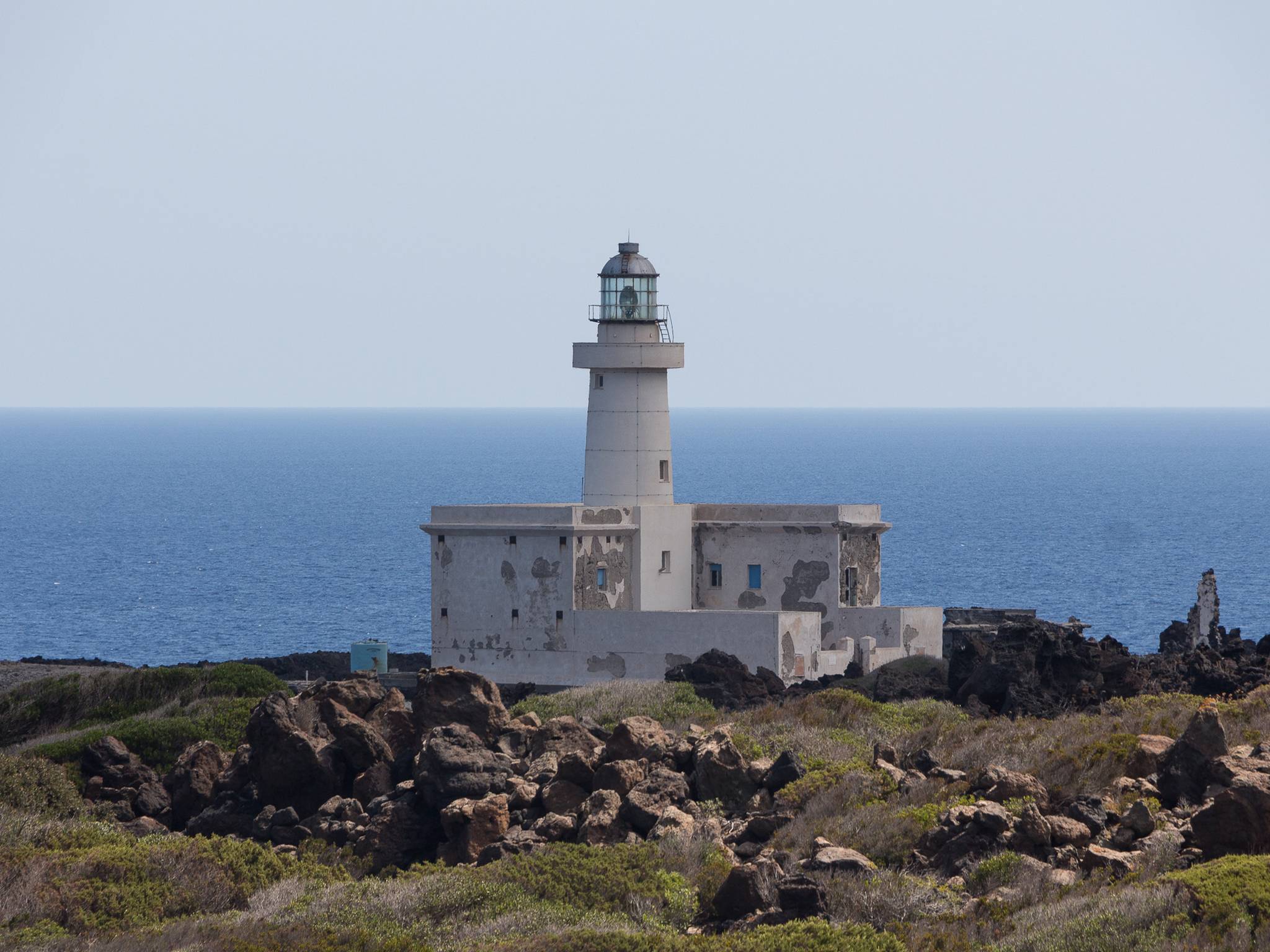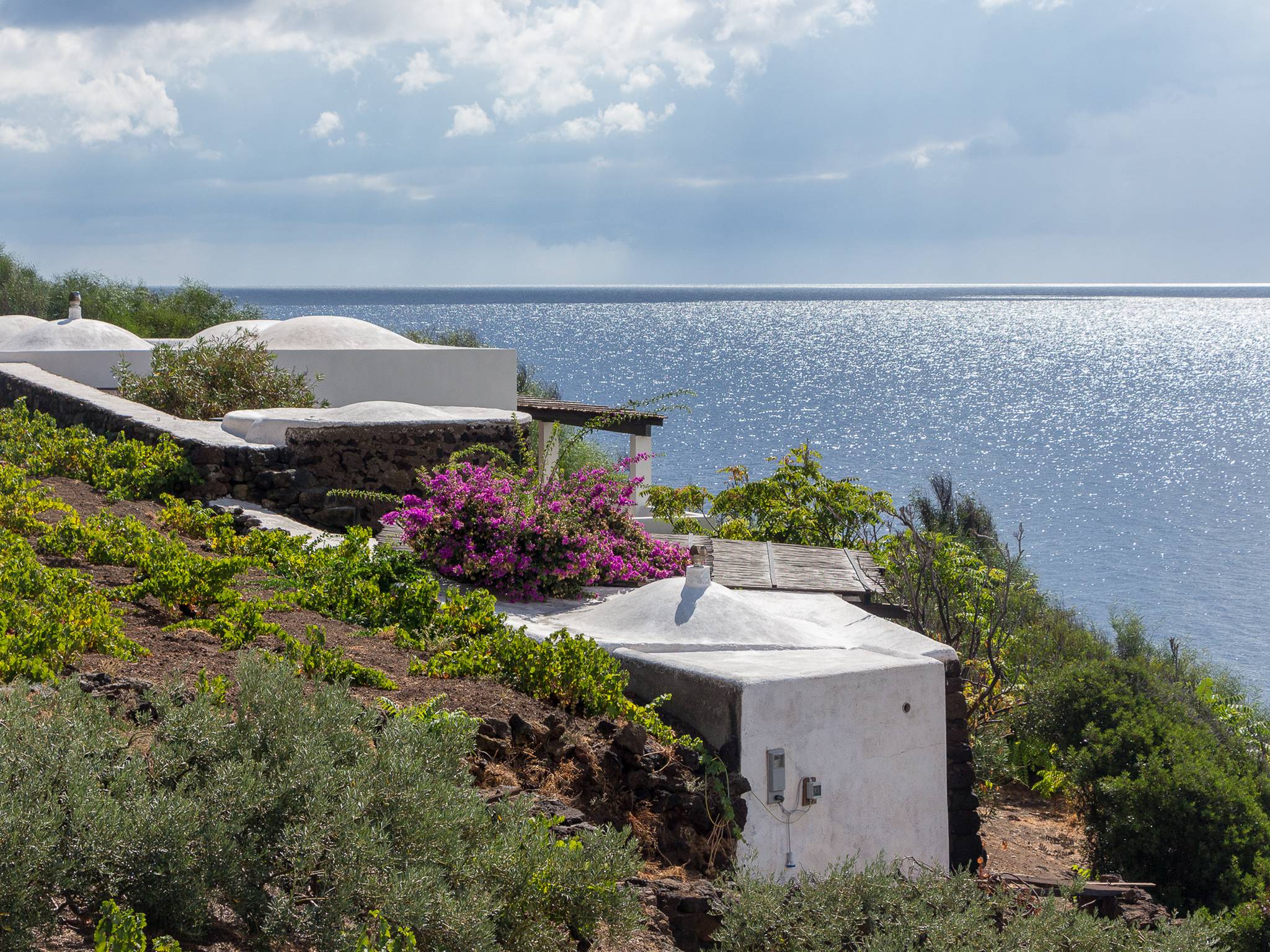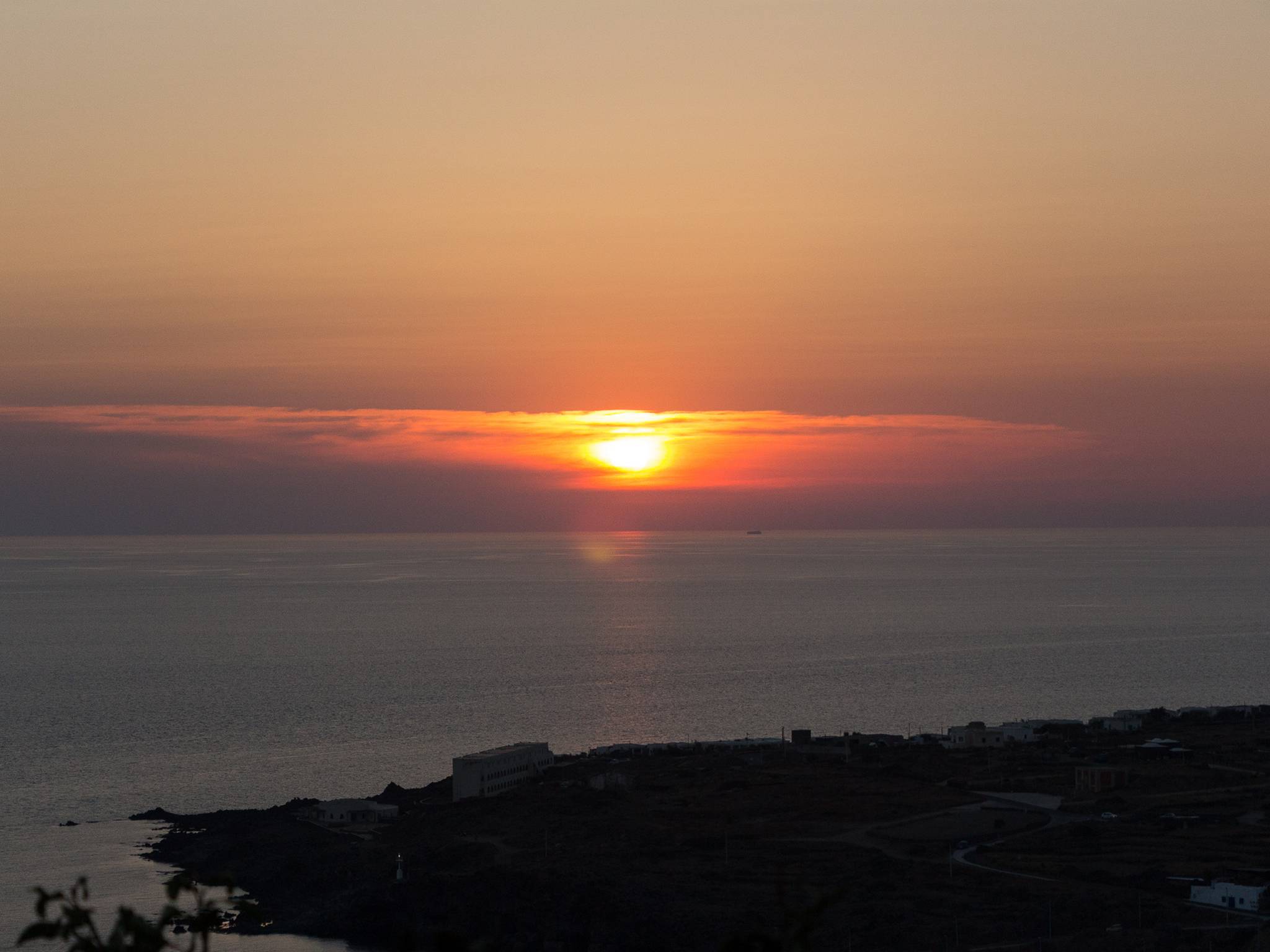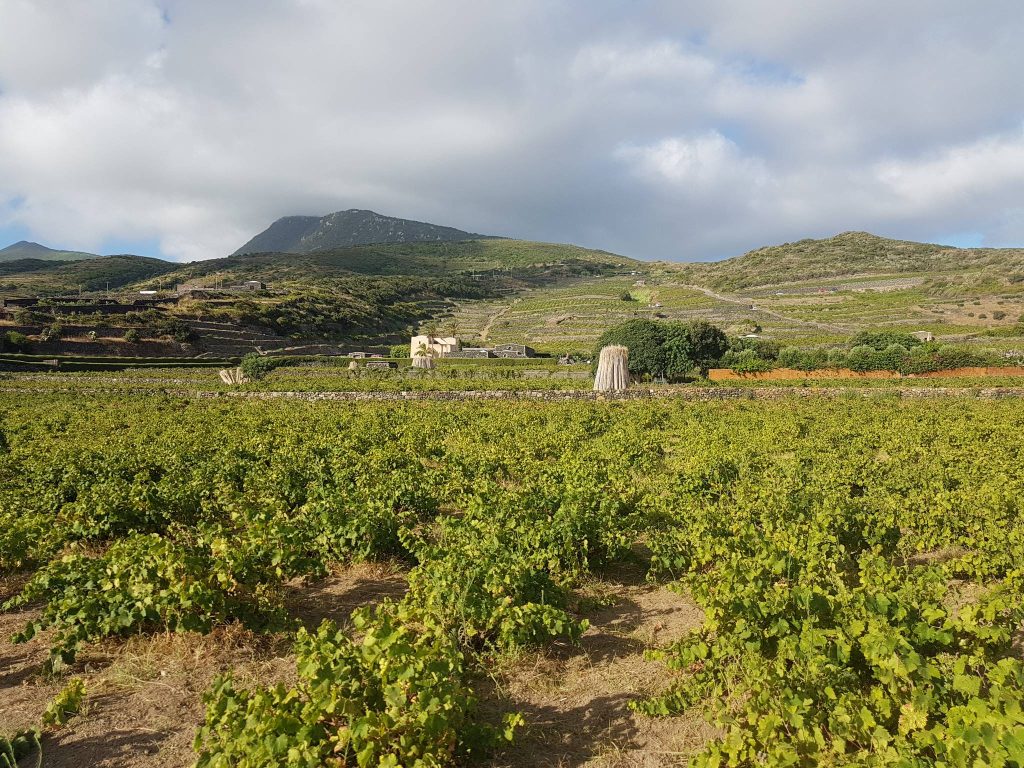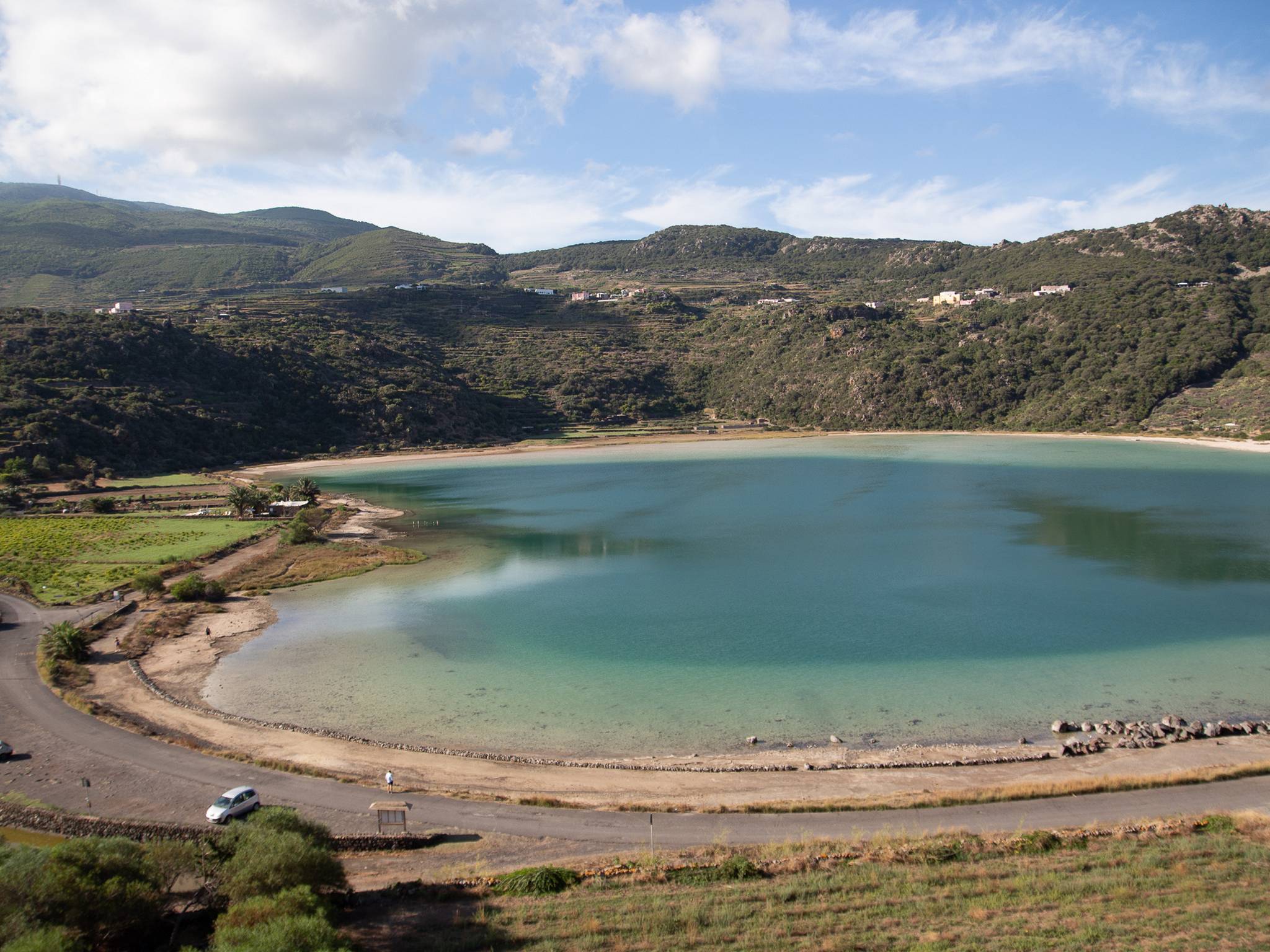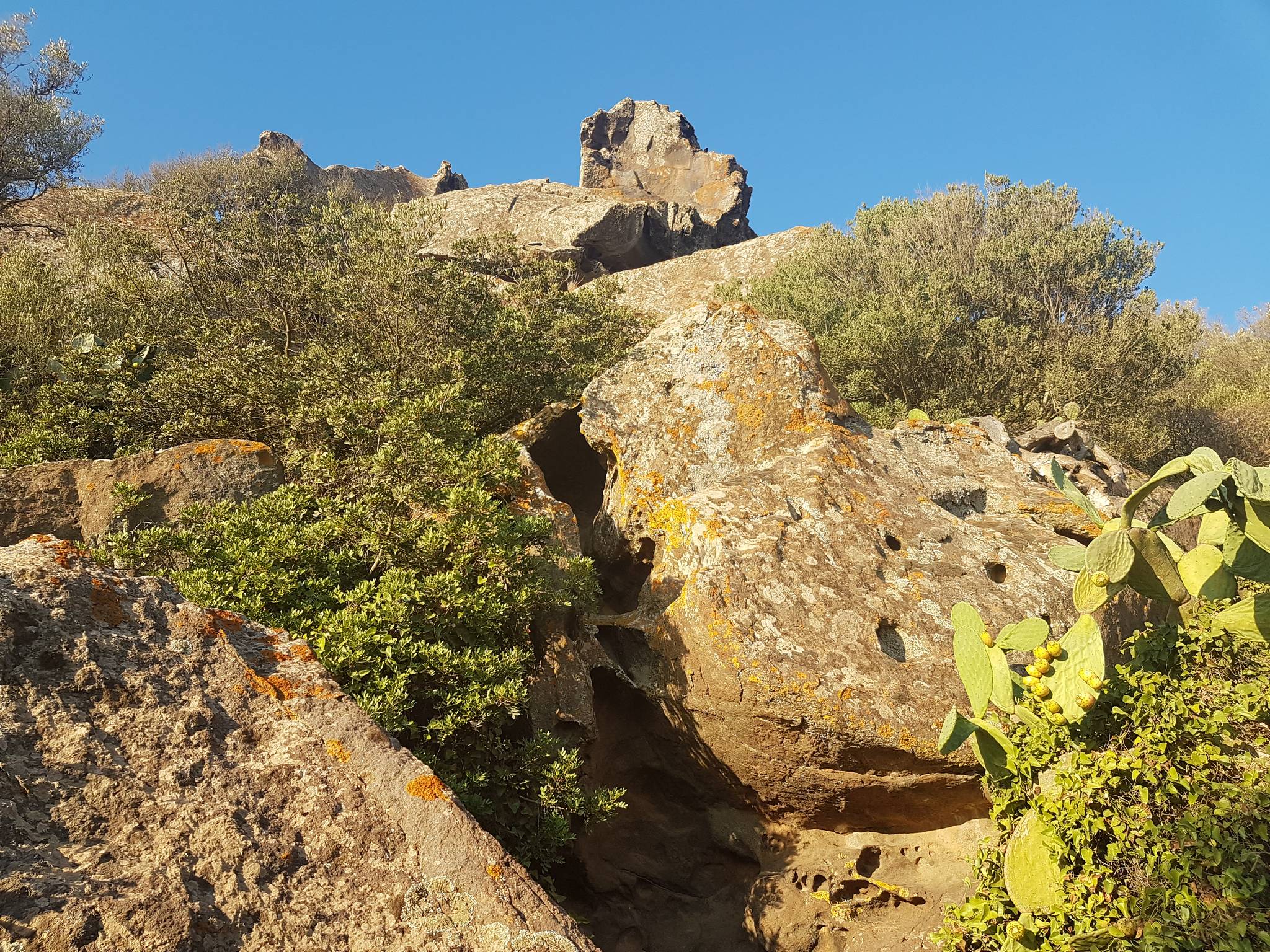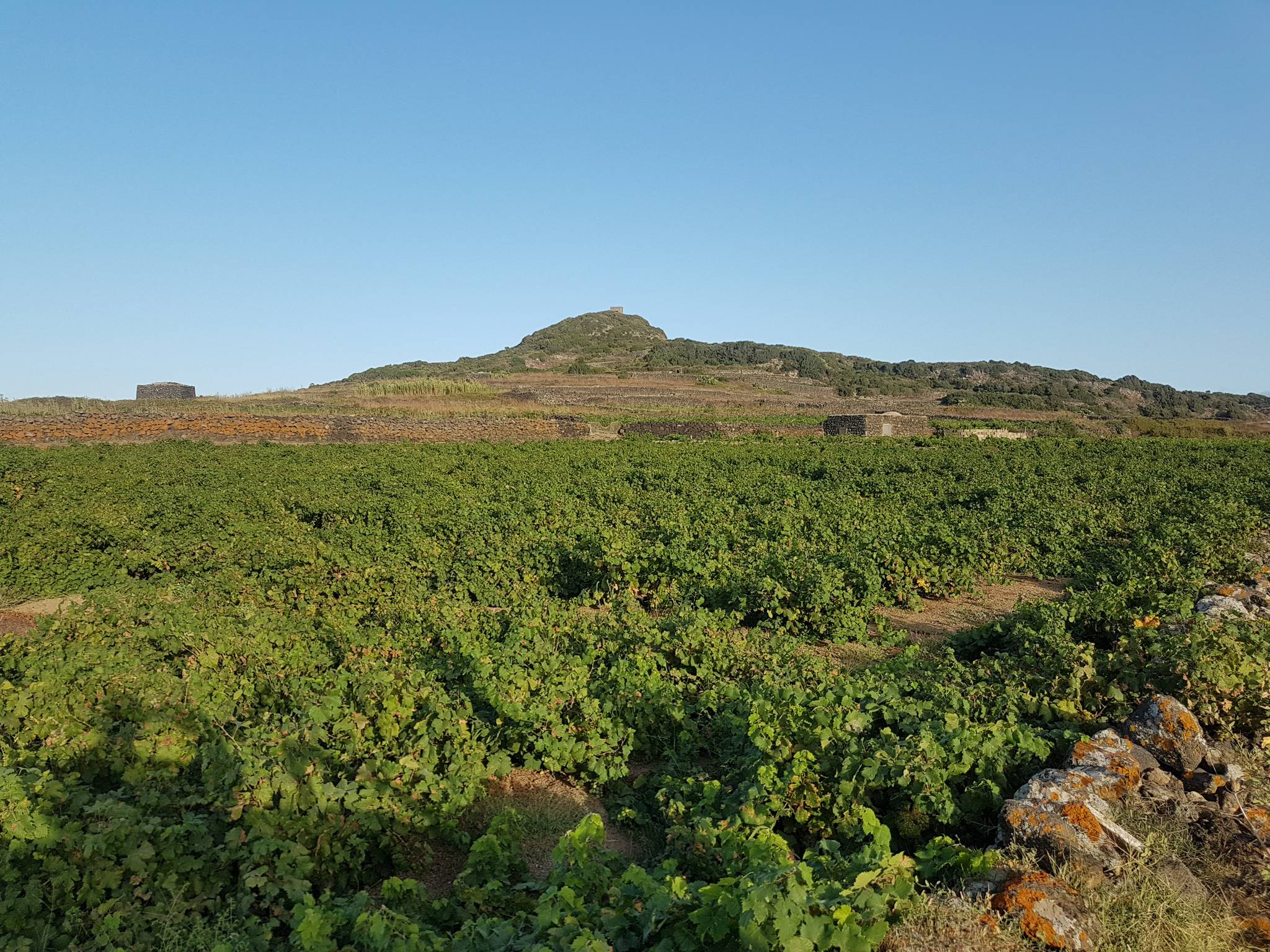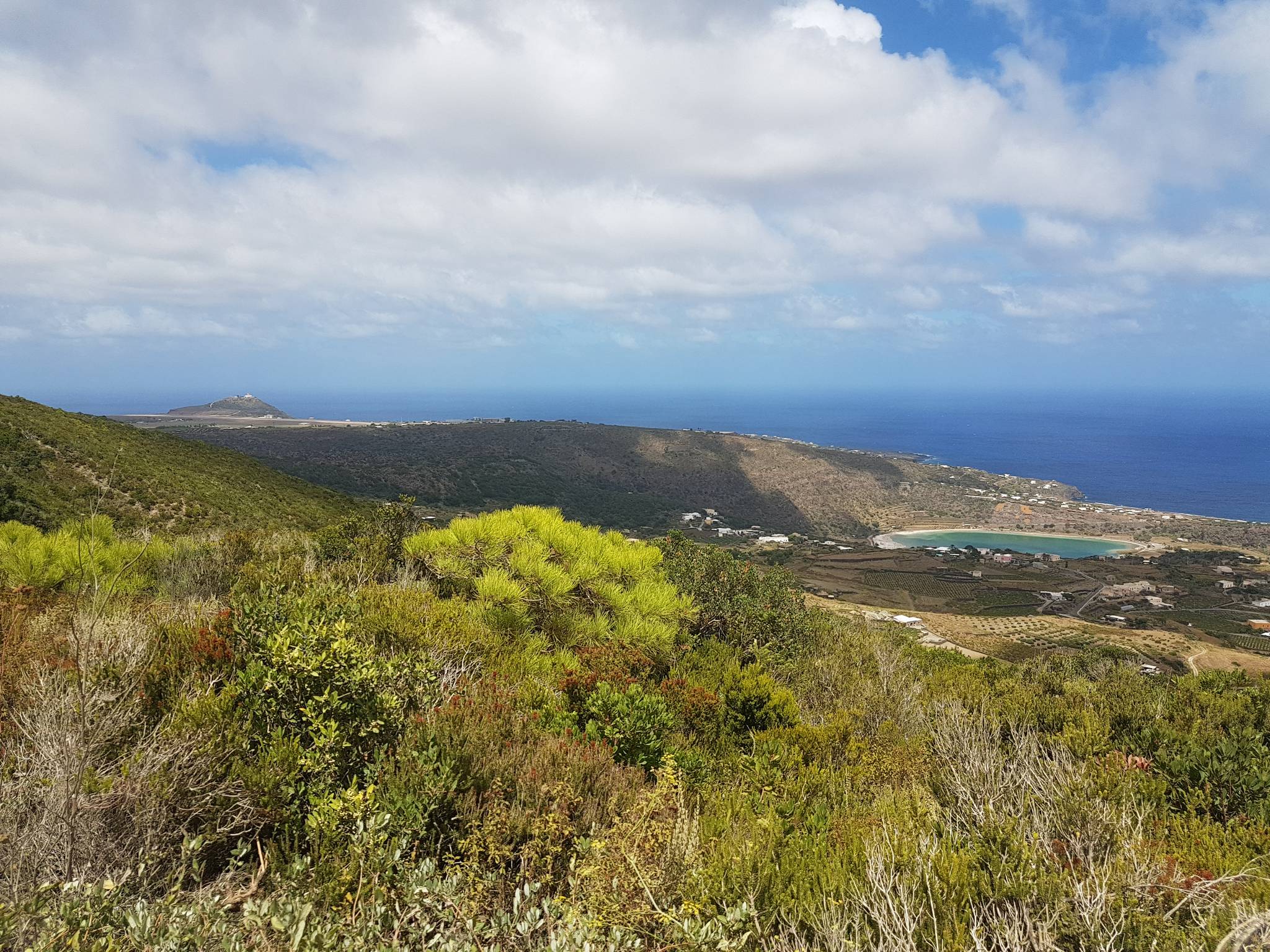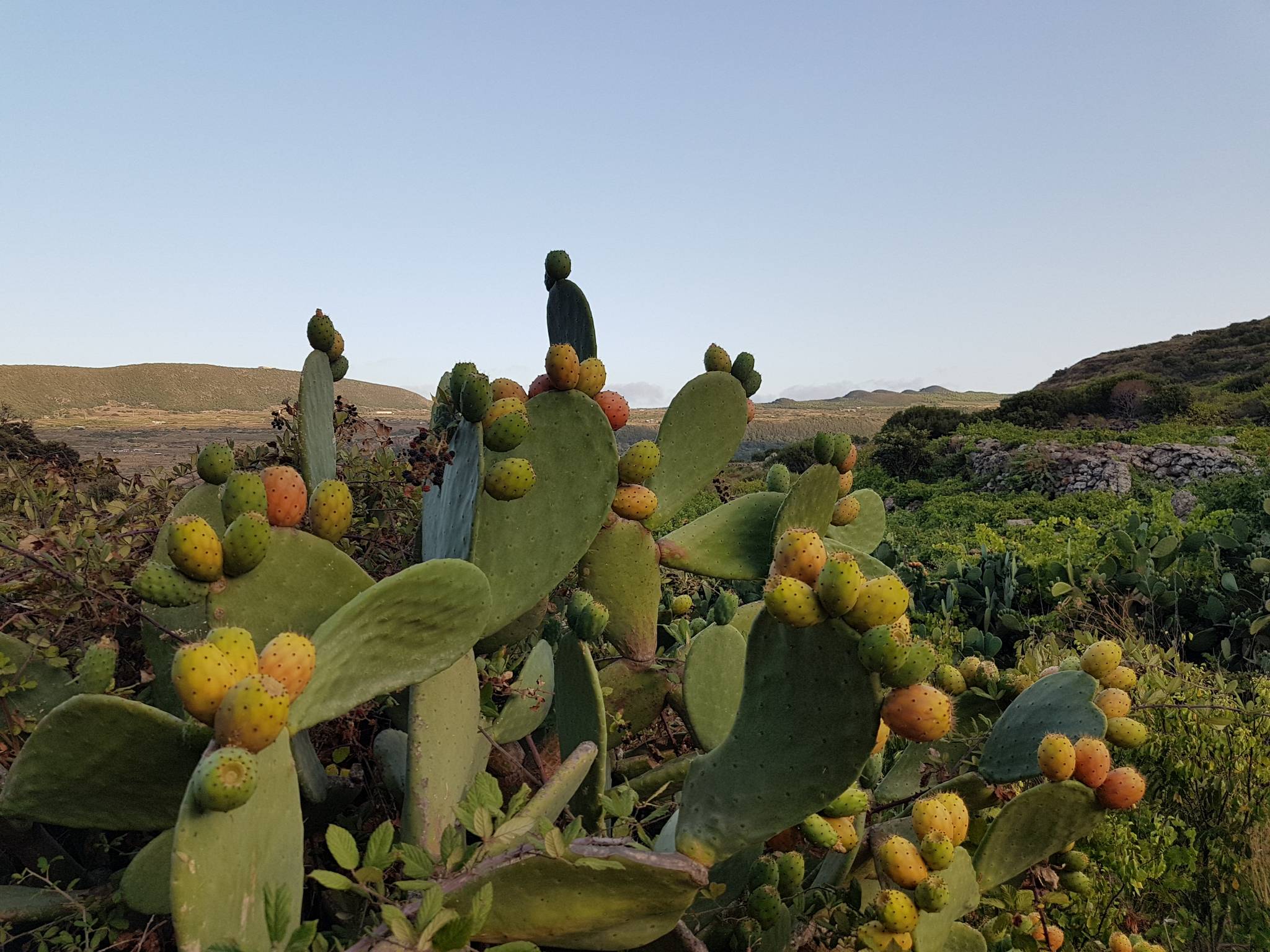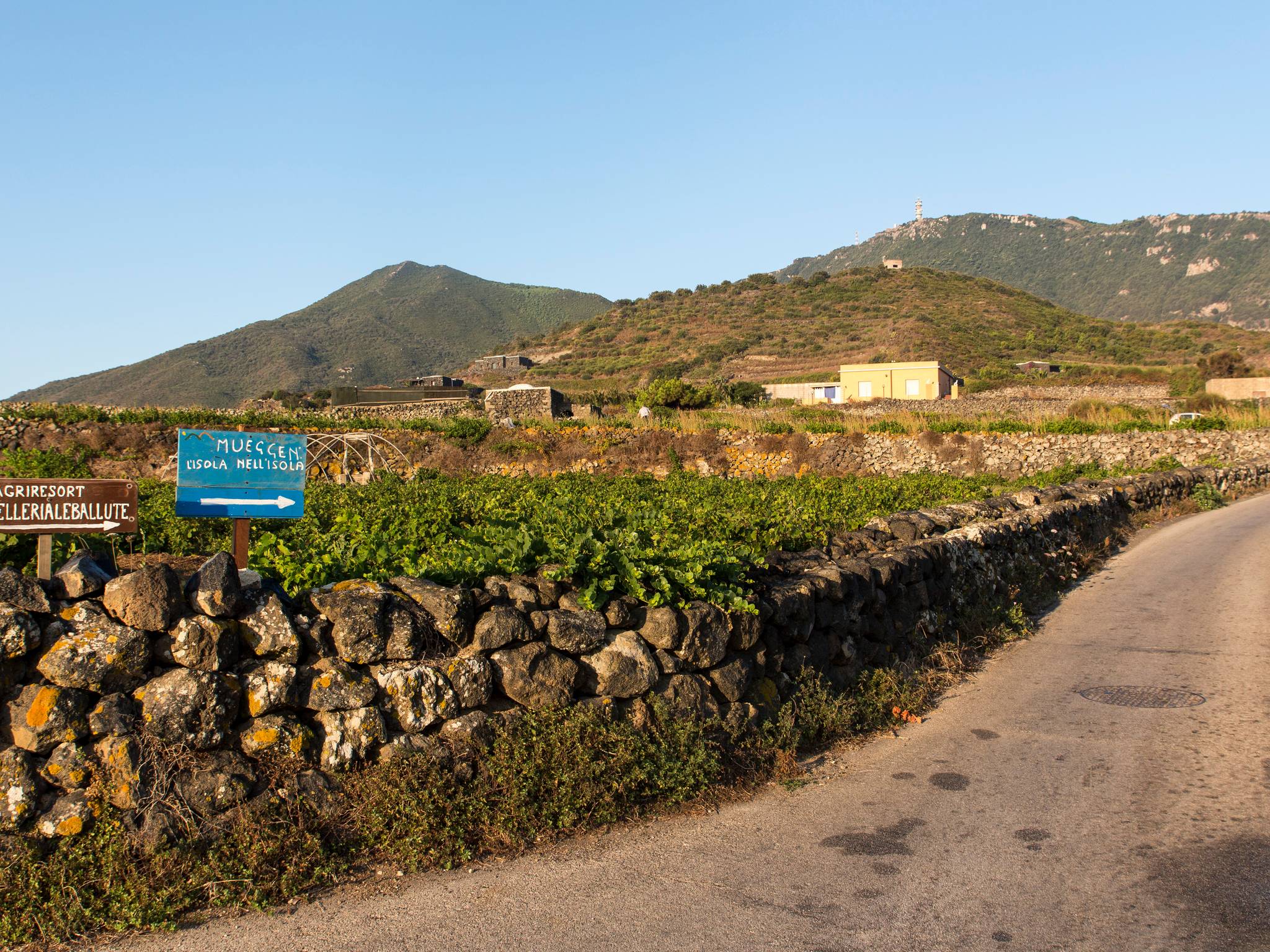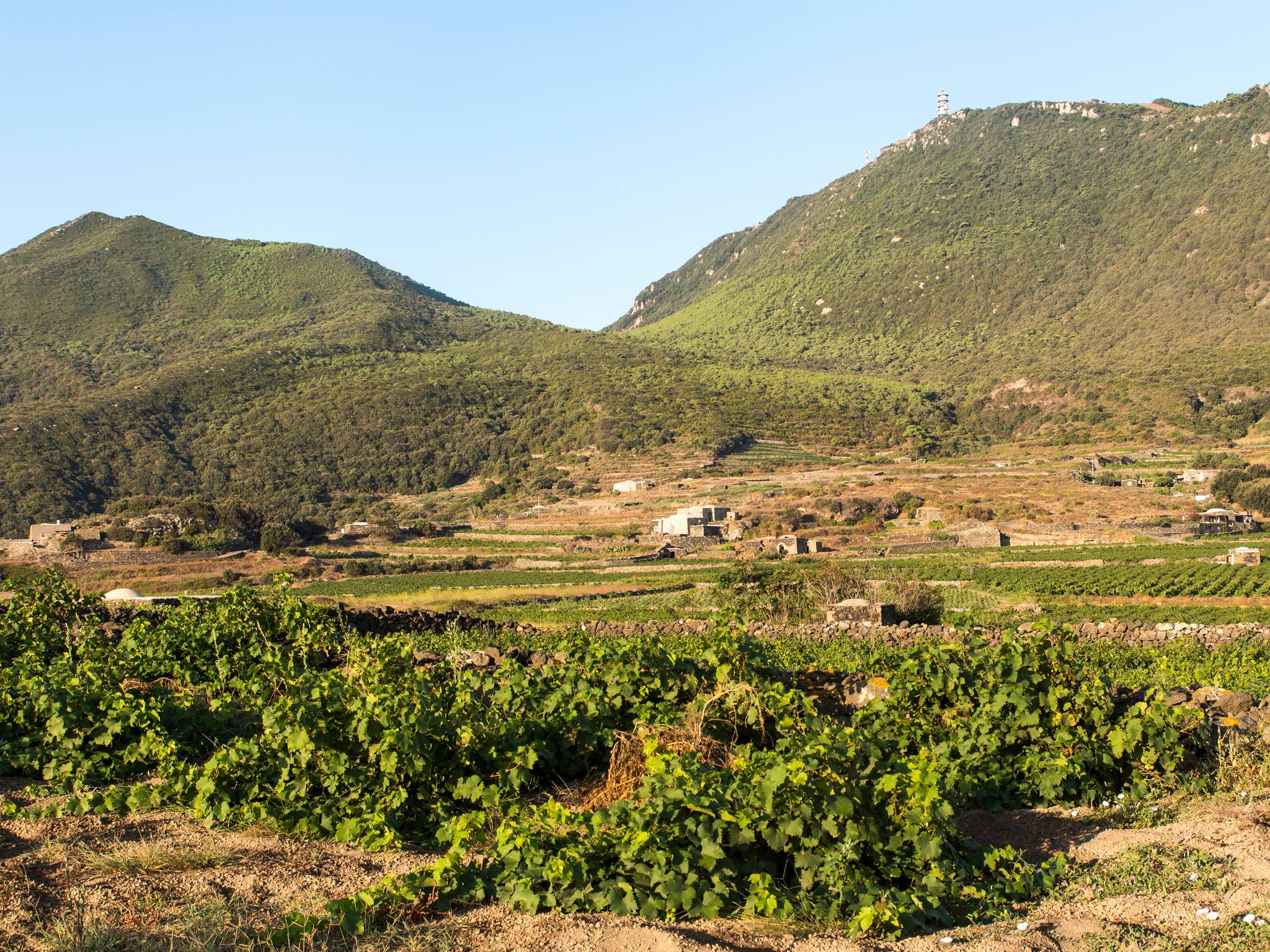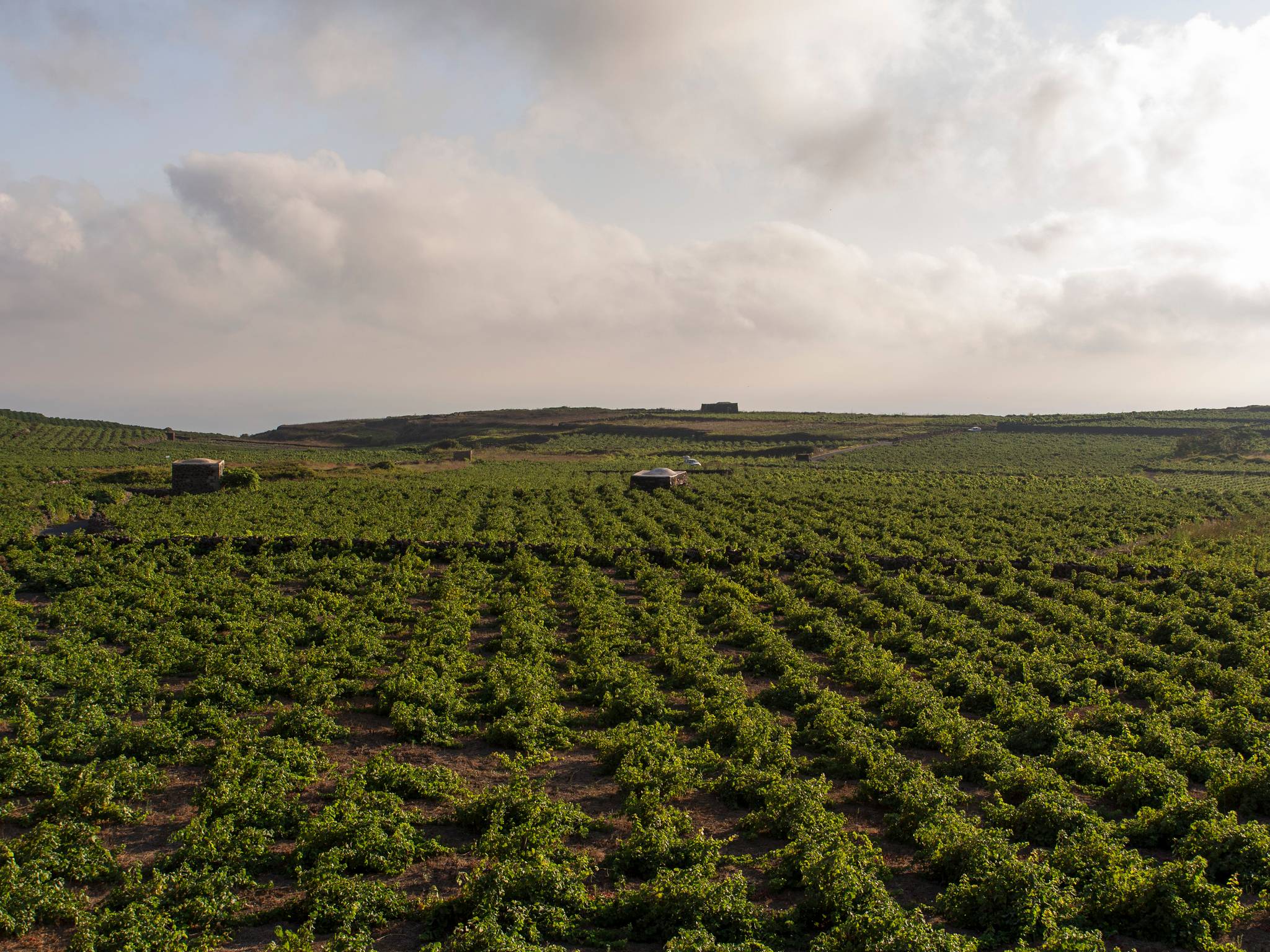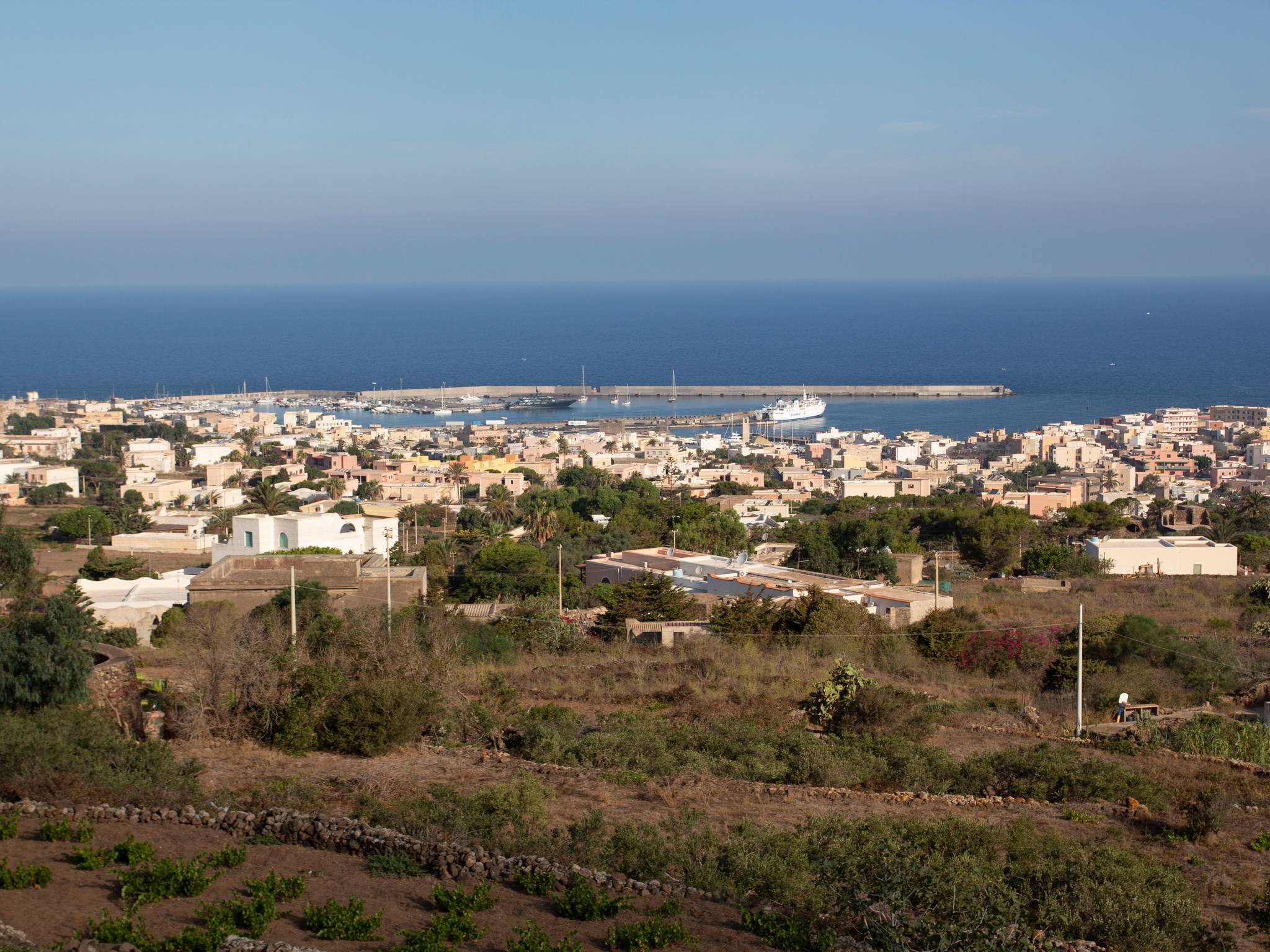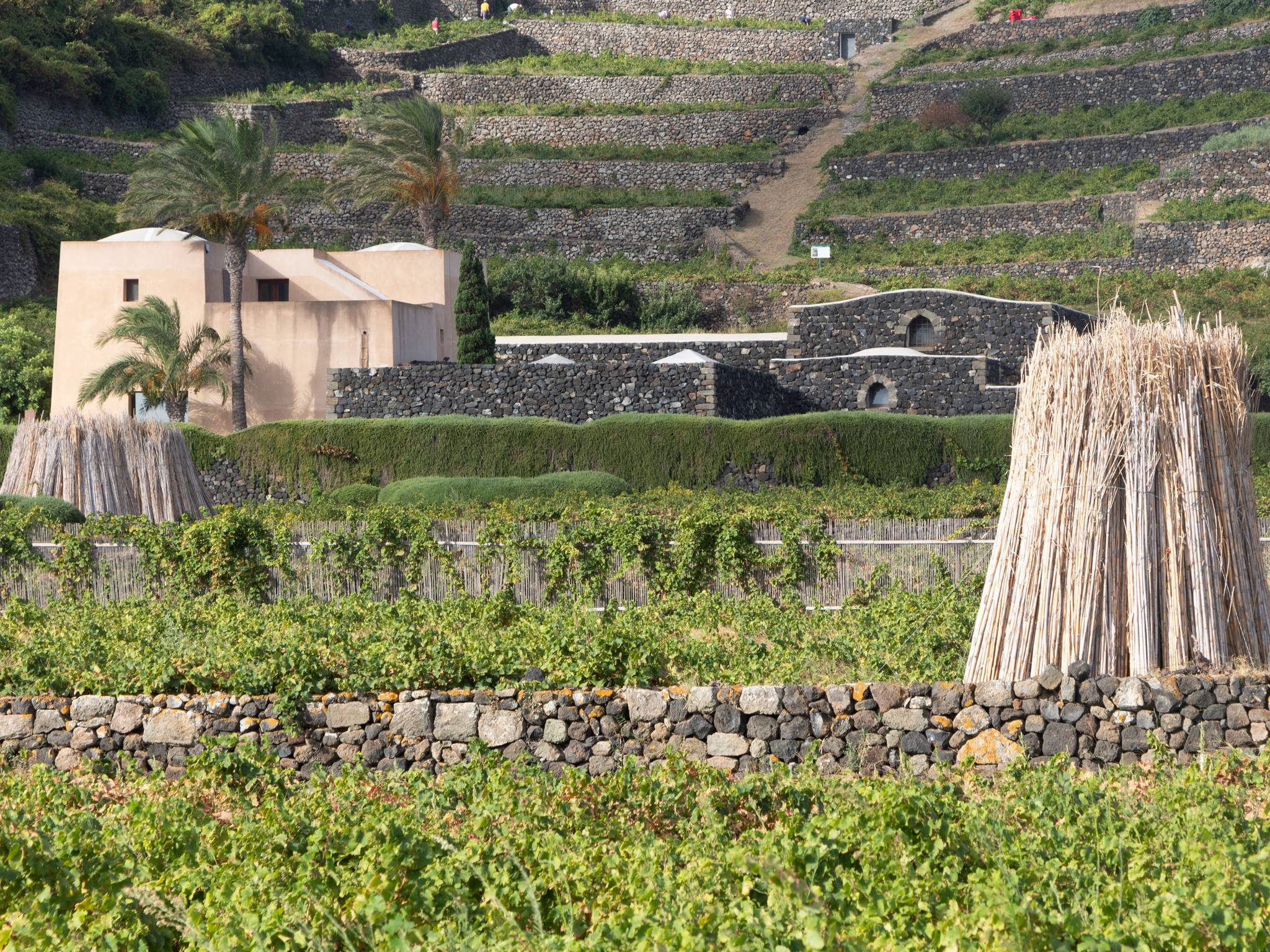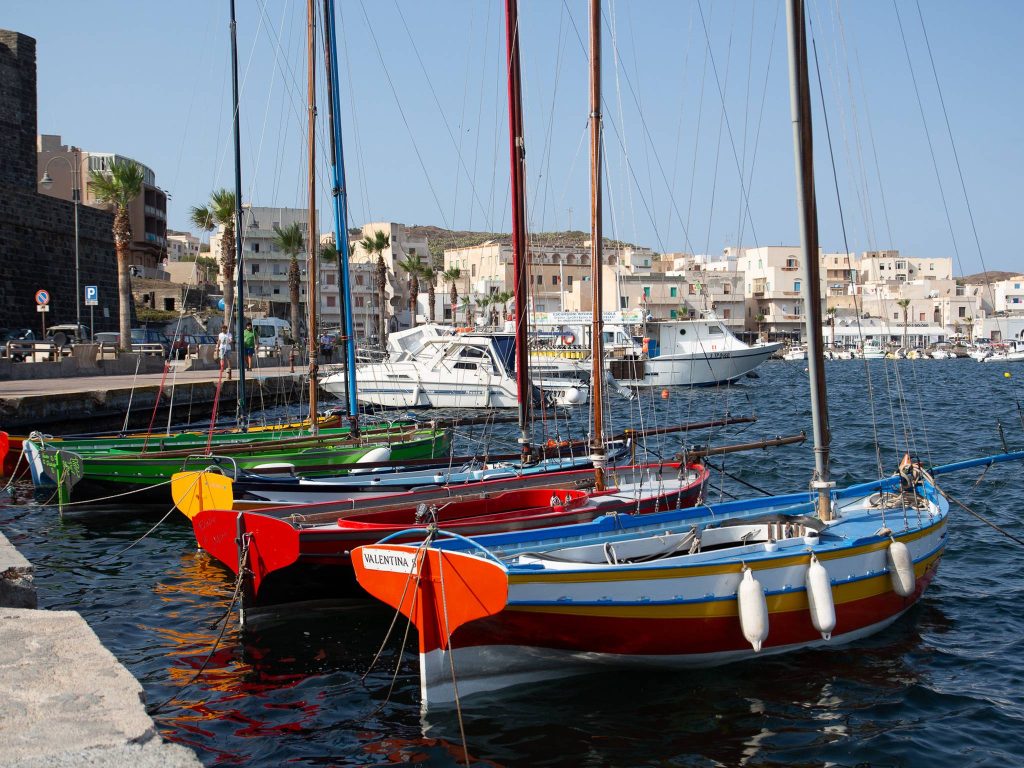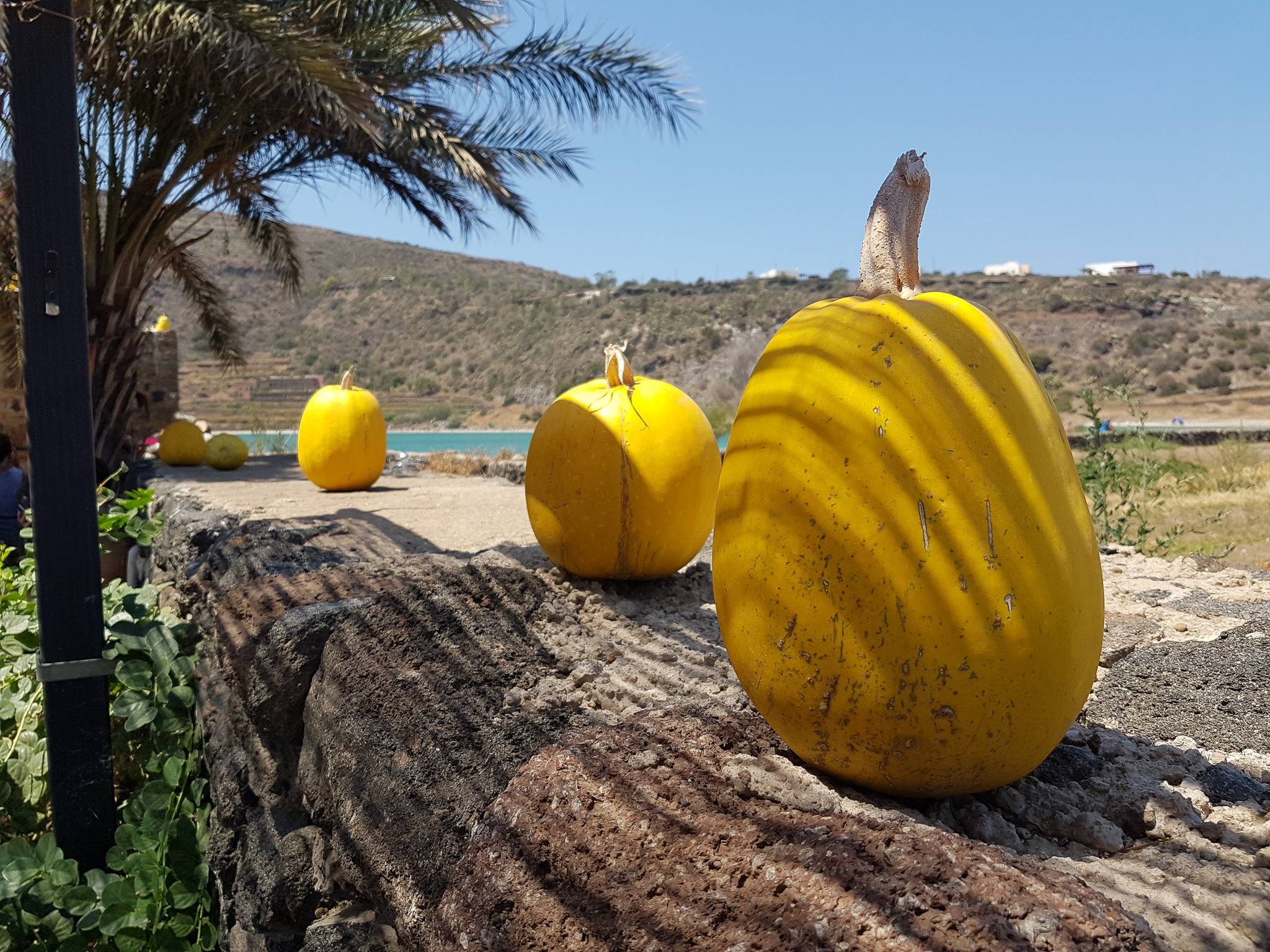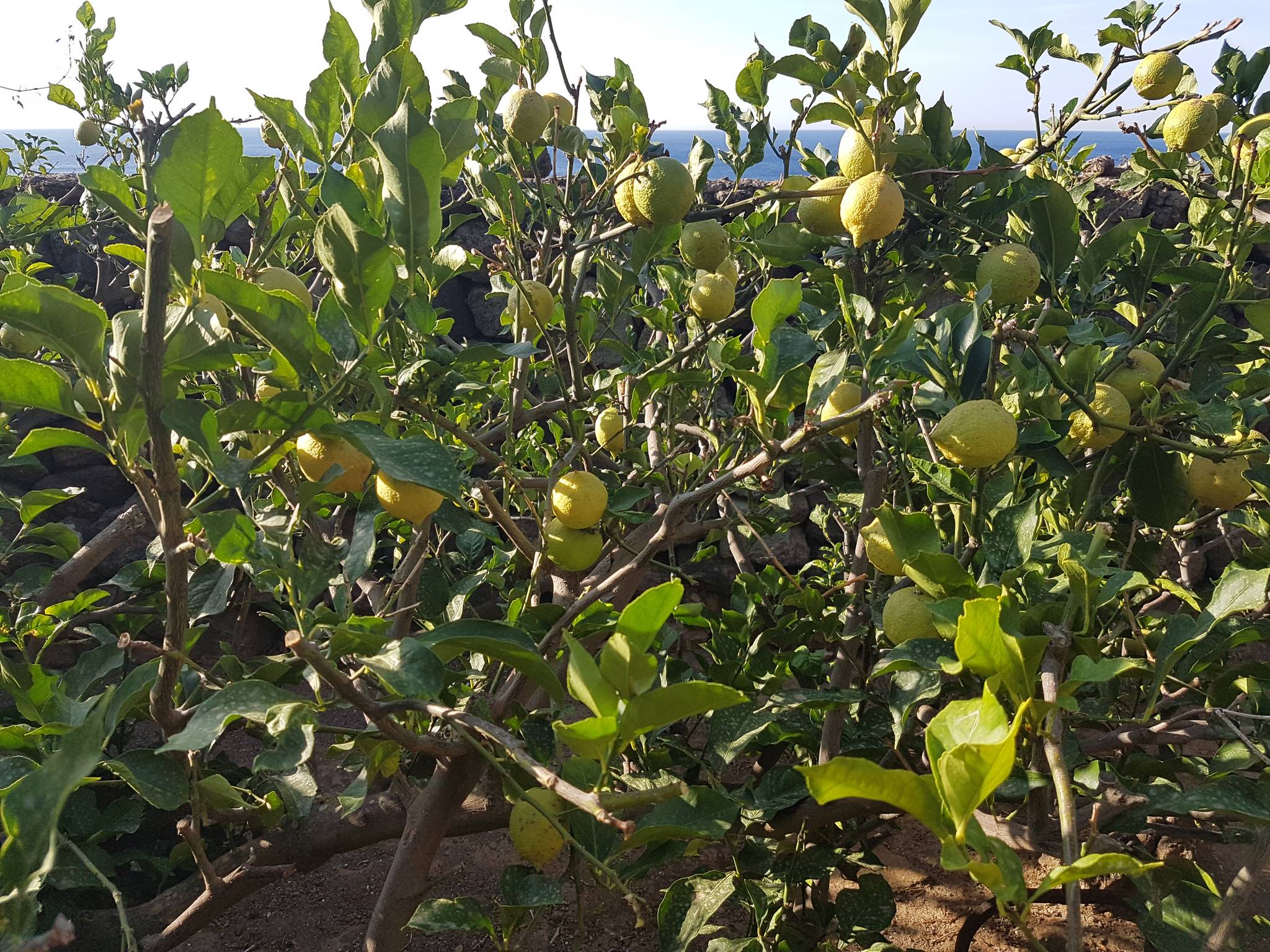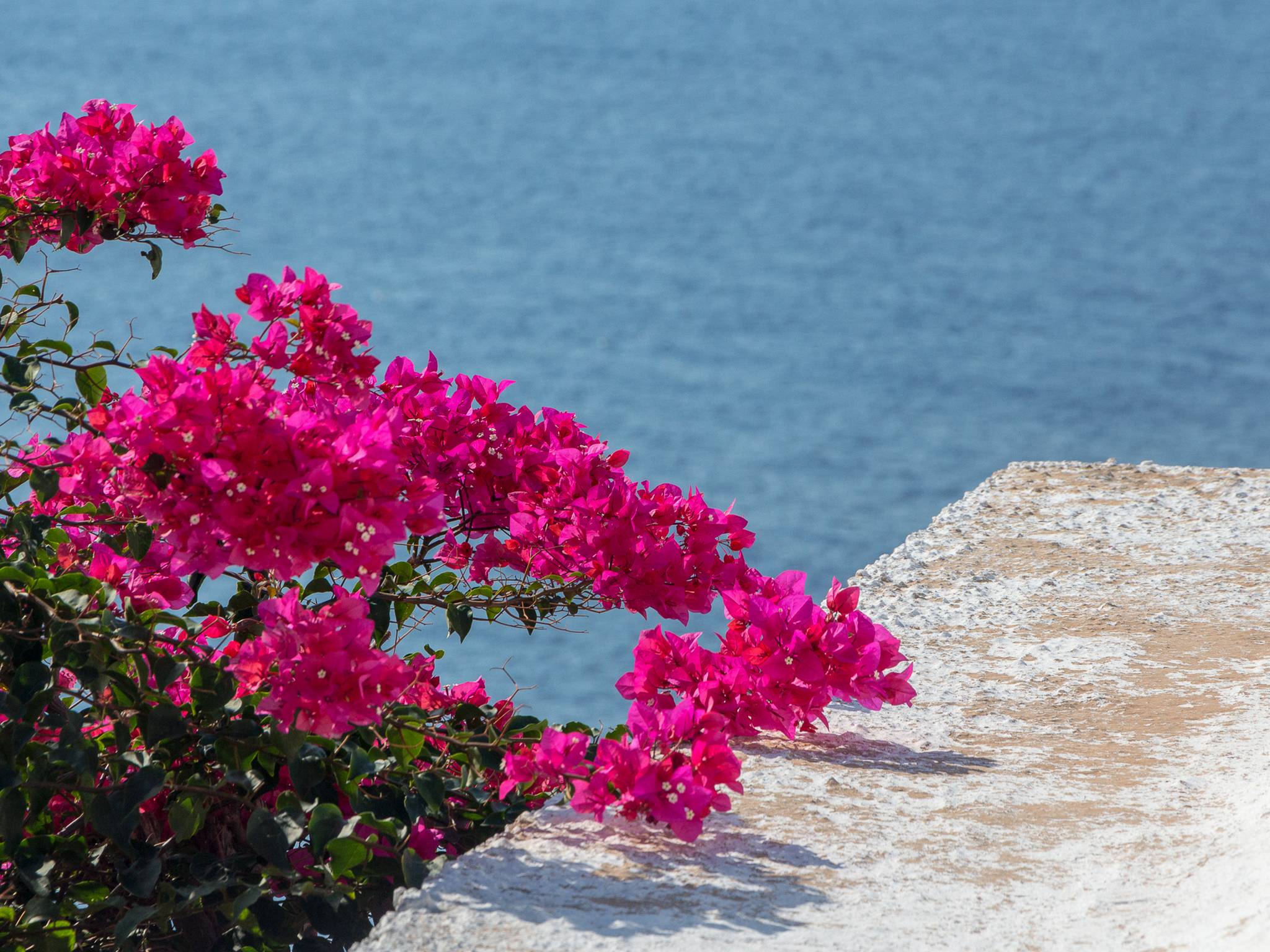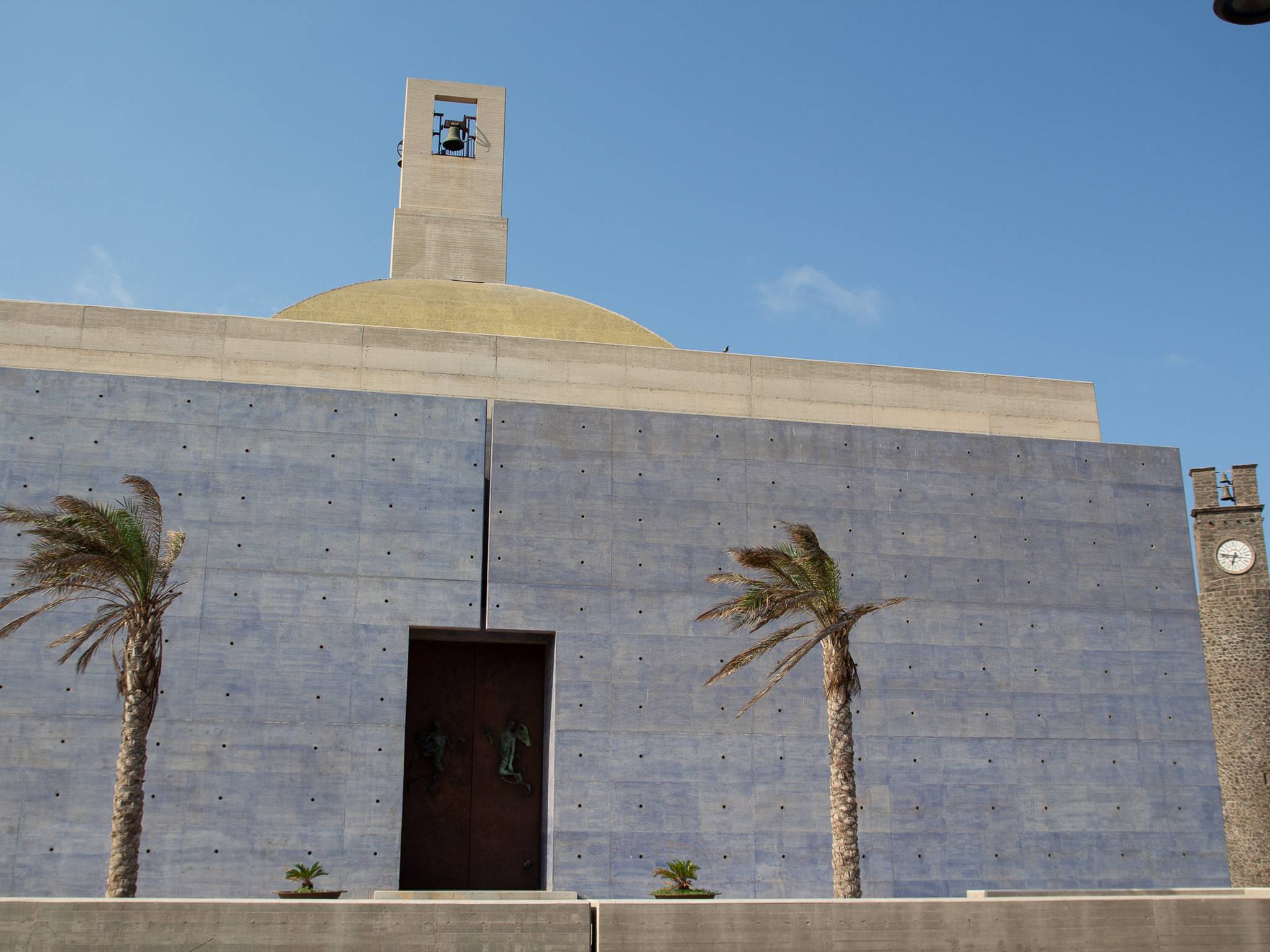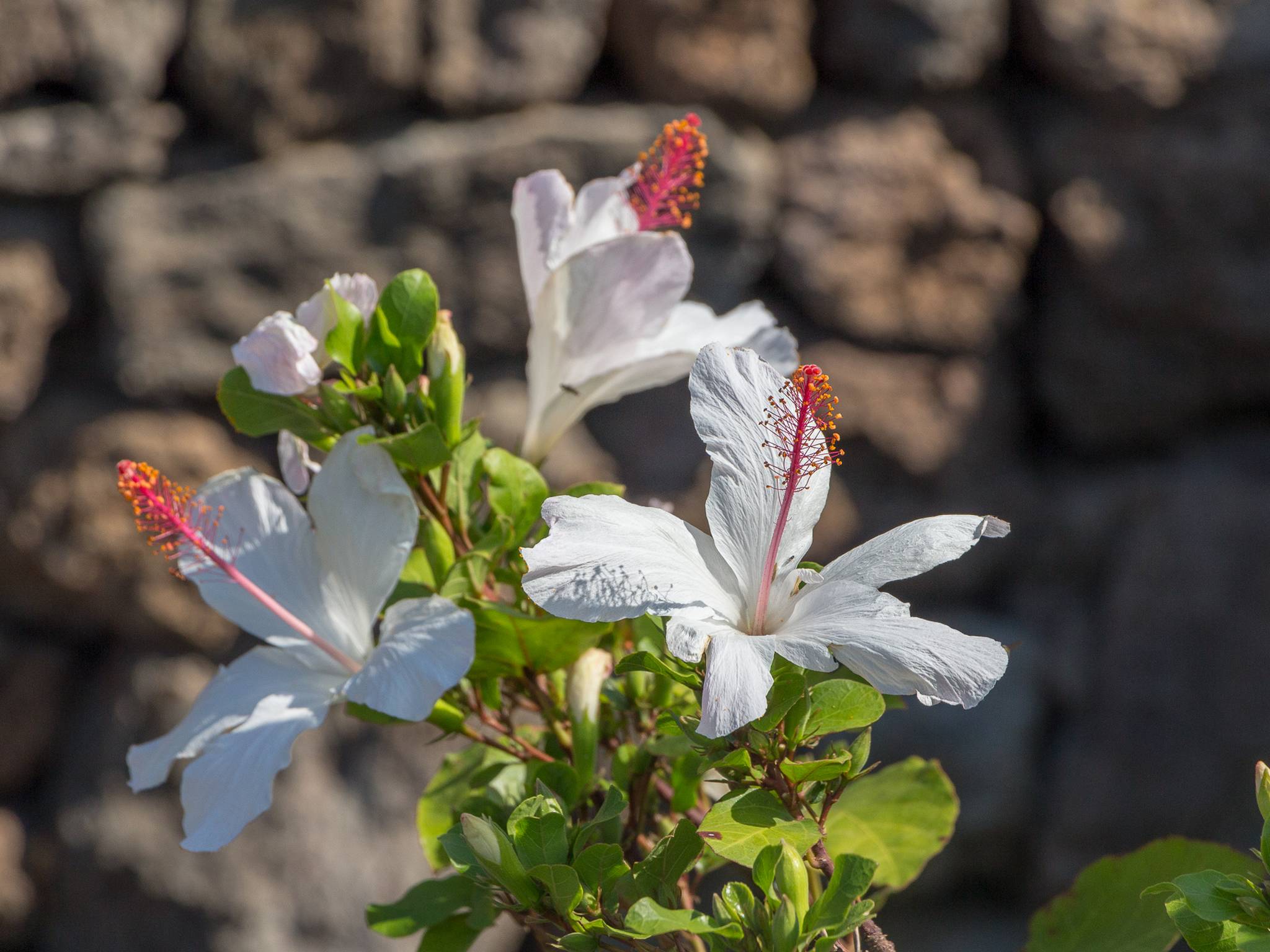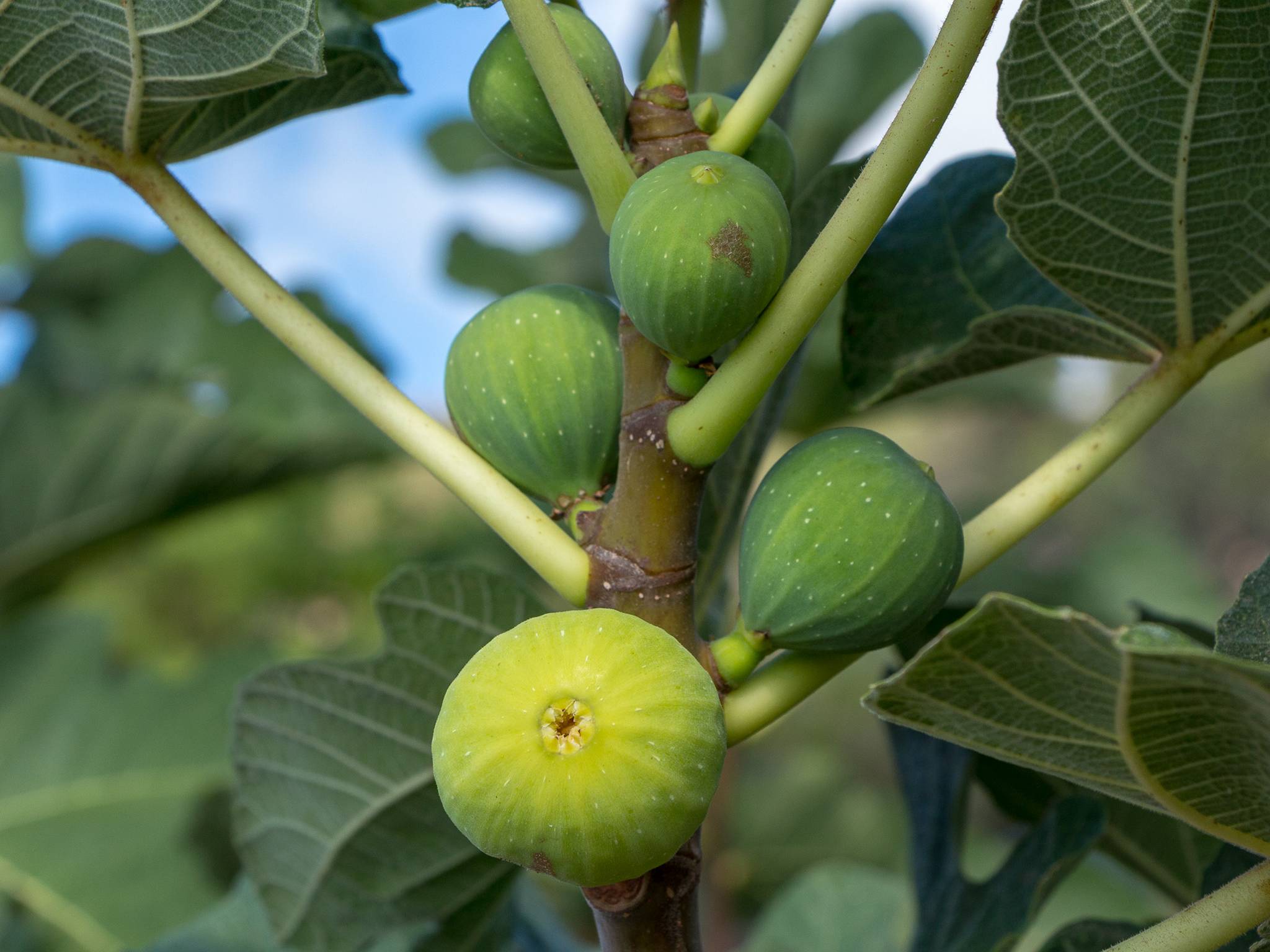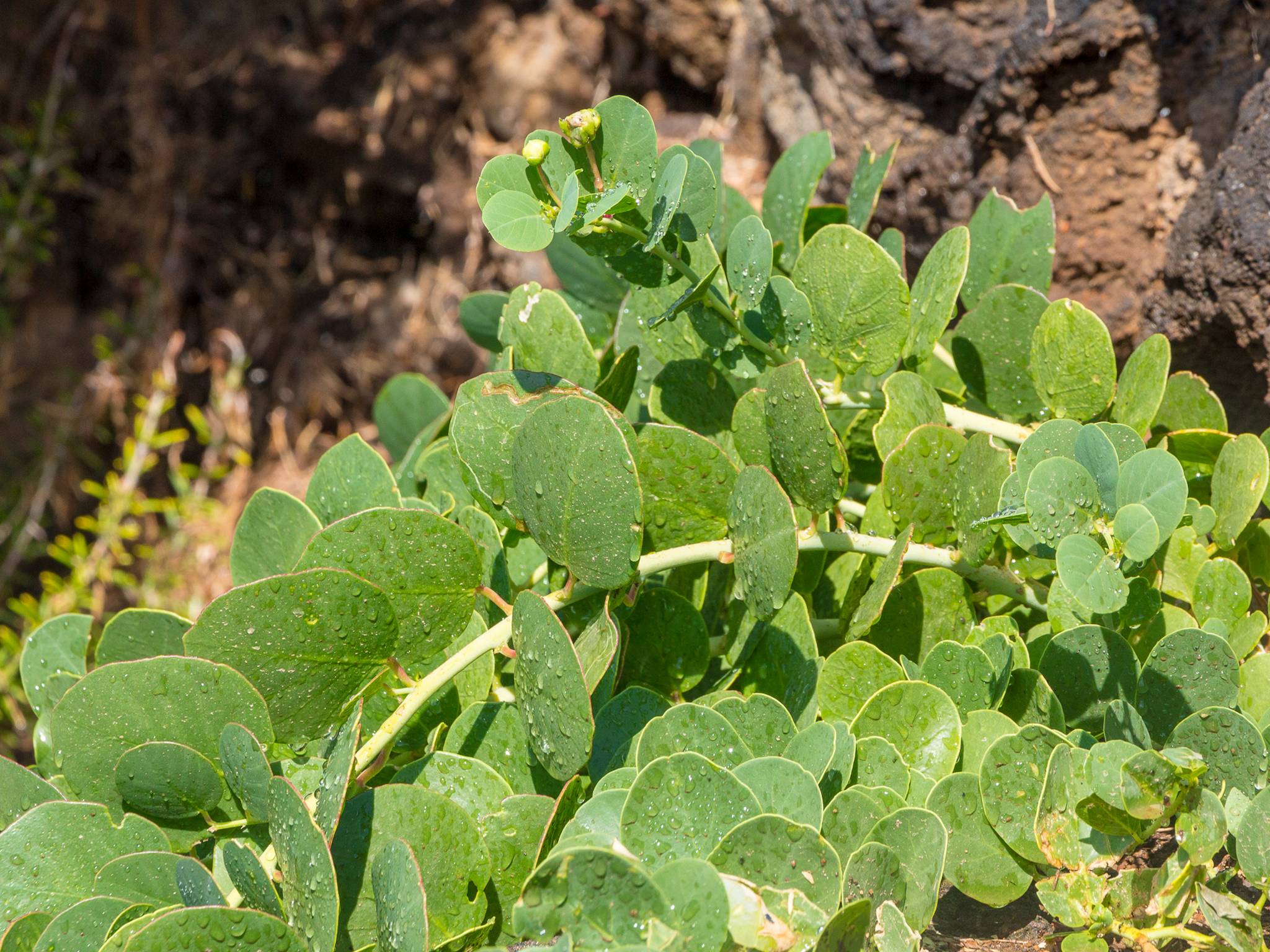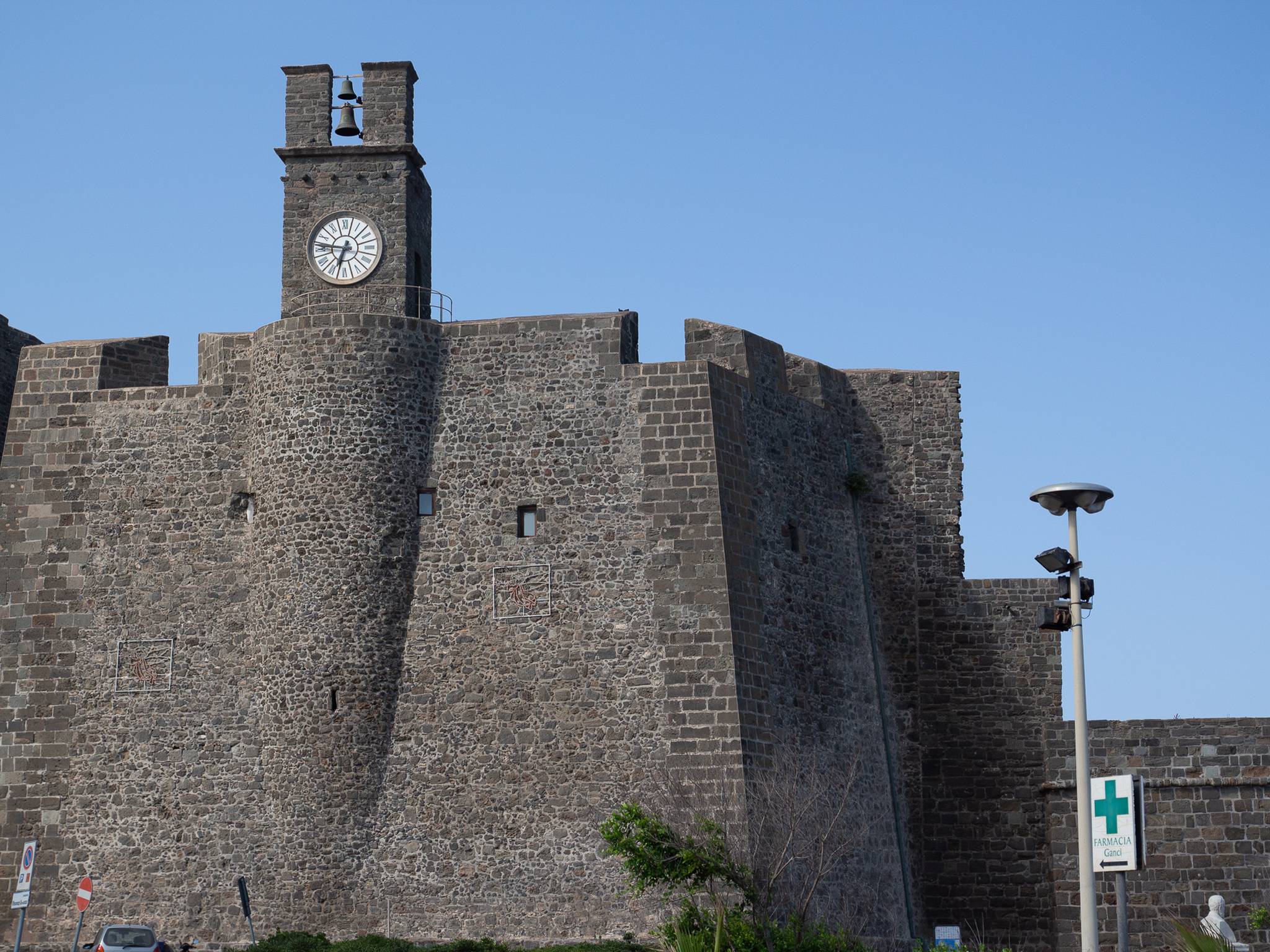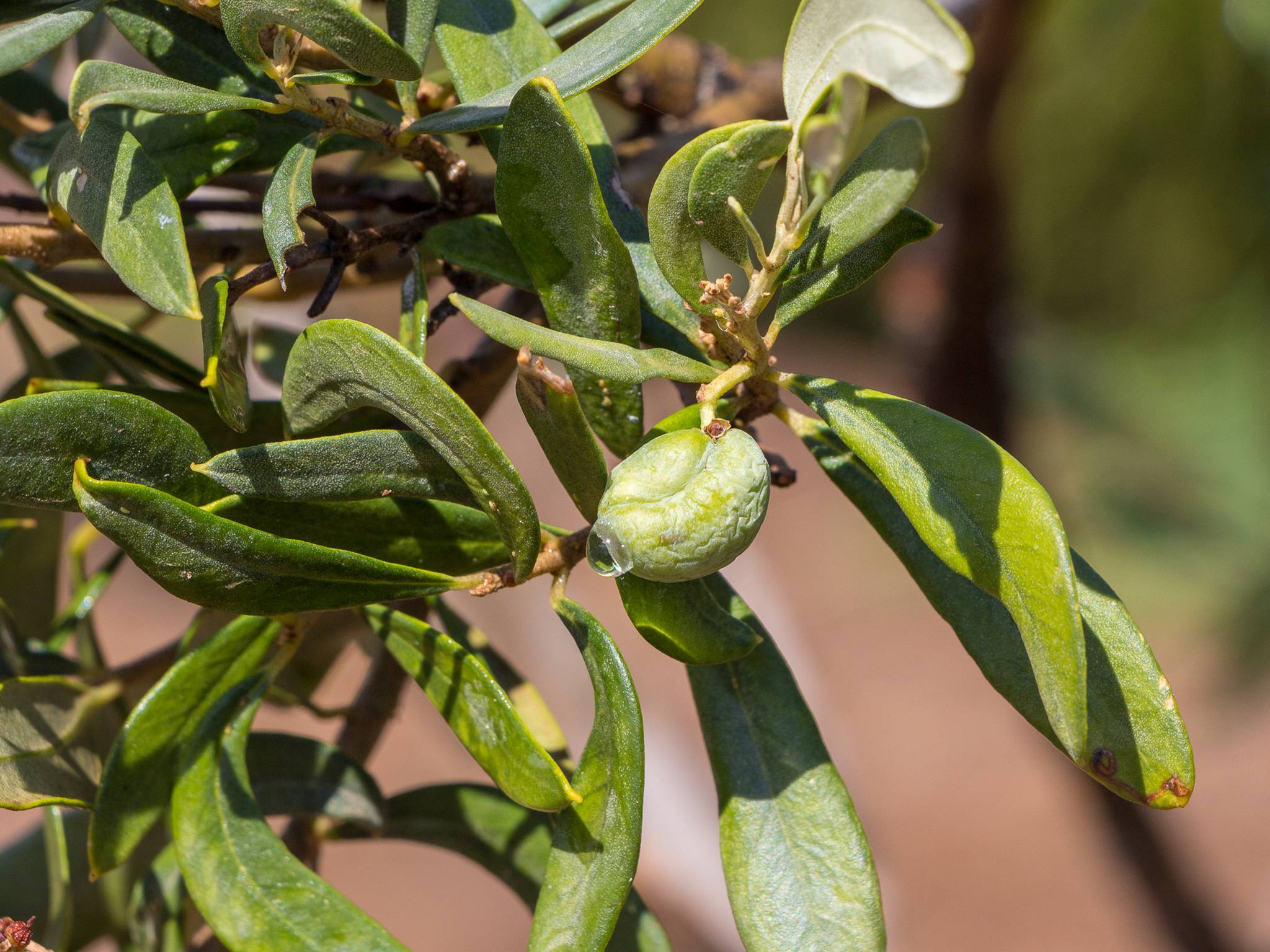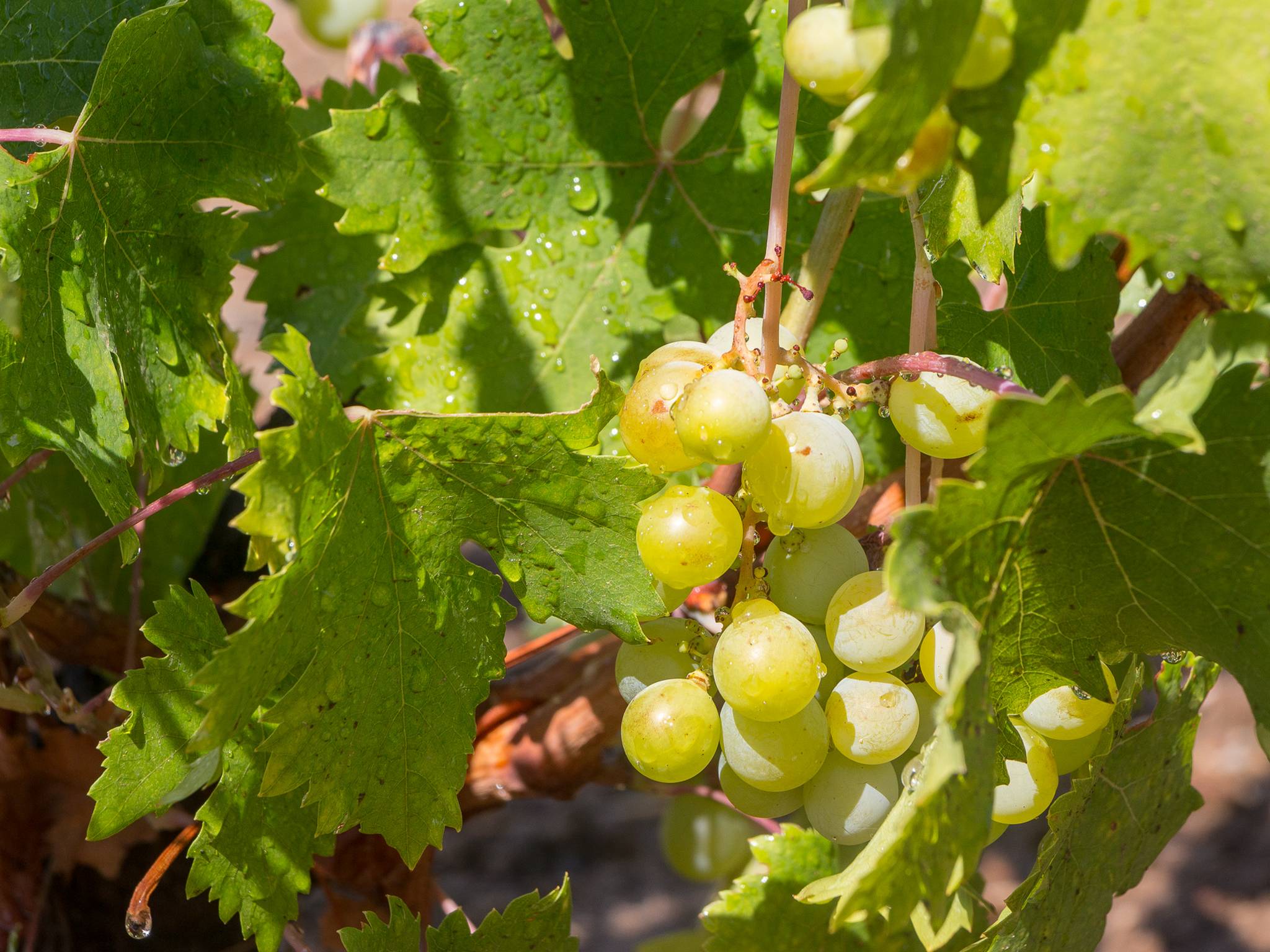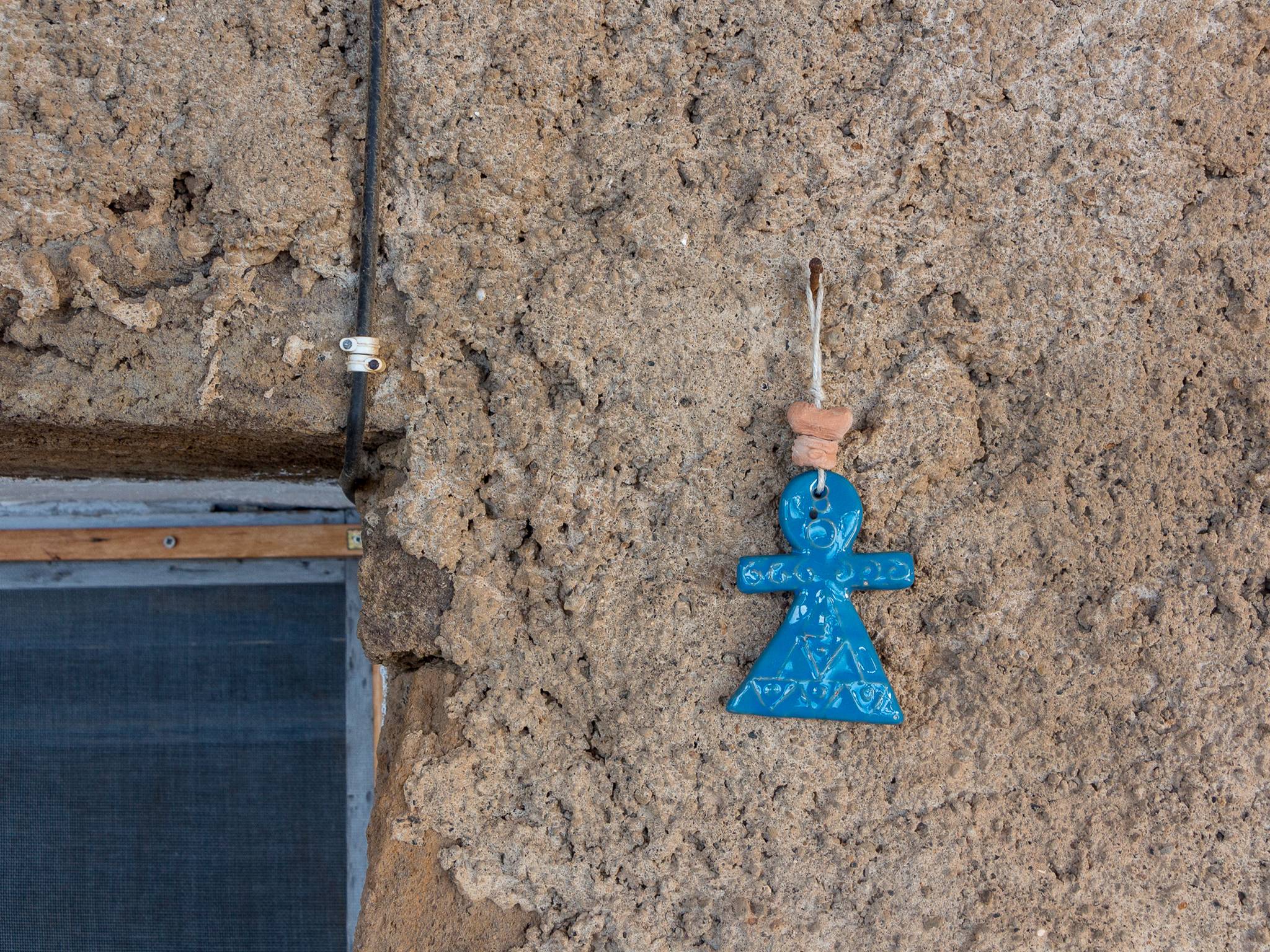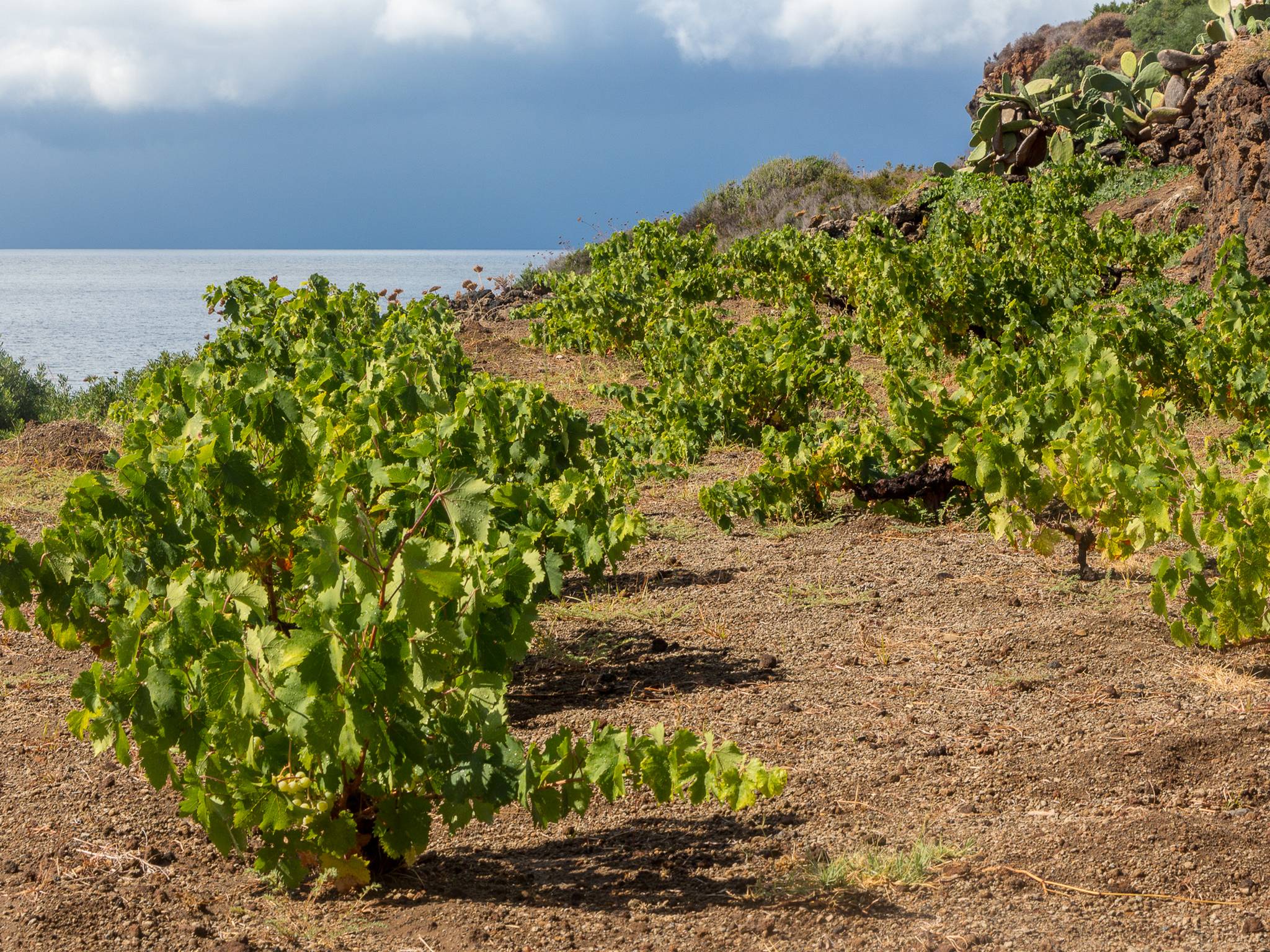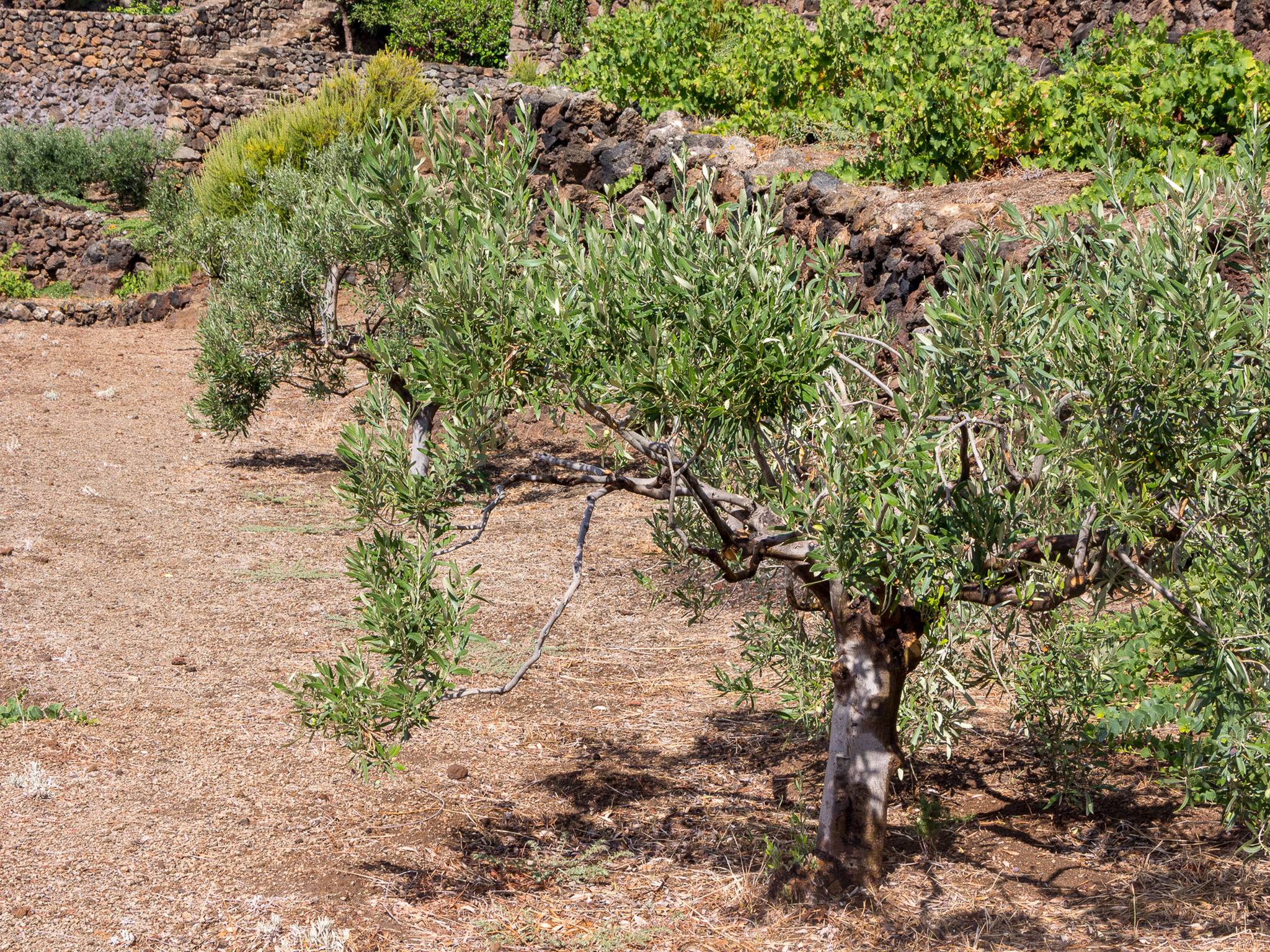The island
The island of Pantelleria is located in the center of the Strait of Sicily and is, with its 83 km², the largest in the region. It is located about 110 km from the Sicilian coasts and 70 km from those of Tunisia; Capo Bon is visible to the naked eye on clear days.
The territory of Pantelleria is of volcanic origin and is still or today characterized by secondary volcanic phenomena such as hot waters and fumes that come out in some parts of the island.
The highest point is the Montagna grande which, with its 836 meters above sea level, stands out in the center of the island flanked by one of the residual volcanic cones, Mount Gibele.
The geographical location offers a warm climate typical of these latitudes but tempered by the almost omnipresent winds that alternate between the mistral (North-West) and sirocco (South-East) and from which it also takes its name: “Island of the wind” from the Arabic “Bent-el Rion but for the Arabs it was“ Qawsarah ”from Cossyra for the Romans
The coasts of the island are characterized by volcanic rocks with a general profile that remains low in the northern part of the island with slow slopes towards the shore while it rises a lot in the southern part characterized by ridges and cliffs overlooking the sea.
Access to the sea is guaranteed by some points that can be reached by following the perimeter road which, as the name implies, runs along the entire perimeter of the island. Some are decidedly easier both for accessibility (possibility of parking nearby and easy paths to get to the sea) and for the conformation of the rocks (smooth and with simple water entrances) while others are more complex than only those who want to explore the island all the way will go to discover.
The sea in all areas tends to drop rapidly and, thanks also to the clarity that distinguishes the waters, it easily lends itself to freediving explorations from the shore.
The landscape of the island is characterized by the perfect integration between the natural landscape and the artificial elements created over the centuries by man to make it livable.
Lava stone is the characteristic element that unites the main distinctive elements of the island:
- The dammuso: the characteristic living element of the island with its white domed roofs and the dry stone walls that line the external walls
- The margins and dry stone walls: the typical terraces that have made even the steepest walls cultivable supported and delimited by lava stone walls.
- The Pantelleria gardens: typical enclosed gardens in lava stone masonry designed to protect citrus fruits from the wind and salt.
The vegetation is characterized by Mediterranean scrub that covers the uncultivated areas where the typical caper of the island prevails (recognized IGP since 1996) and the zibibbo vine cultivated as sapling on the ground (Unesco heritage since 26 November 2014).
The sea is obviously the protagonist of the life of Pantelleria. Snorkeling, diving and fishing are among the main activities that can be done safely on the island. From the shore or from the boat it is possible to find the best coves and backdrops.
Even the mountains and the paths traced along the entire island – of length and difficulty to suit all tastes – offer a valid alternative for those who want to explore the interior or simply stroll in the Mediterranean car.
The land is also the key to Pantelleria cuisine, linked to peasant tradition, whose typical dishes are bitter ravioli (stuffed with tumma and mint leaves), çiakiçiuka (hot vegetable caponata), Tumma (fresh local cheese) and Pantesco pesto (Ammògghiu) all accompanied by a good wine made from the island’s zibibbo grapes.
Copyright 2019 – OceanWP Theme by Nick
